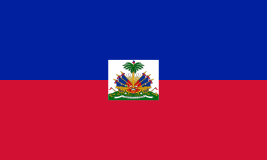
Visa and entry requirements Haiti:
Passport required
No visa is required
Information from the Foreign Office about your trip to Haiti:
https://www.auswaertiges-amt.de/de/haitisicherheit/205048
Haiti is an island nation on the western part of the island of Hispaniola with around 11.5 million inhabitants. Geographically, the island is part of the Greater Antilles in the northern Caribbean, whose eastern half is occupied by the Dominican Republic. Both states form a national border on Hispaniola that is almost 400 kilometers long.
In addition, Haiti's territory is located approximately 200 kilometers east of Jamaica, approximately 100 kilometers southeast of Cuba and approximately 200 kilometers south of the Bahamas and the Turks and Caicos Islands.
Haitian or French is mostly spoken in Haiti, and the official national currency is the Haitian Gourde, where 1 euro is equivalent to around 100 HTG.
The country's largest cities include Port-au-Prince, Carrefour, Delmas, Cap Haitien, Gonaives, Cite Soleil and Petionville.
Haiti's land area is predominantly mountainous, with the 2,674 meter high “Pic la Selle” as the highest point.
The Caribbean state of Haiti has a tropical climate all year round, with only very slight fluctuations in temperatures, which can lead to numerous tropical cyclones, especially in the summer months. In recent years, several hurricanes have caused considerable damage in the country, including almost 5,000 deaths.
In addition, Haiti's territory is located in a geologically highly earthquake-prone area. In January 2010, a devastating earthquake claimed up to 320,000 lives and destroyed the entire center of the capital. It was one of the most severe earthquakes in human history.
In addition to the various natural disasters and the weak general economy, there is a very unstable political situation with numerous unrest, which is why over three million Haitians have emigrated in the last 20 years.
Haiti is now one of the least developed countries in the world and by far the poorest country in Latin America. Almost 70% of working-age people are unemployed and more than half of the population is even malnourished. The rate of illiteracy is now almost 50%.
The most important economic sectors in the developing country of Haiti include agriculture, the textile industry, various services and tourism.
About two thirds of Haiti's entire population lives from agriculture. The country's most important export products include coffee, cane sugar, mangoes, millet, rice, corn, cocoa and various types of wood.
Although Haiti has almost 1,800 kilometers of coastline, it is not a typical Caribbean travel destination. The majority of the income from the tourism sector comes from renting an area around the port of Labadee to the American cruise line Royal Caribbean Cruise, where a larger area including some beaches is heavily cordoned off from the rest of the country.
Outside this cordoned off territory, the tourist town of Cap Haitien, the Sans Souci Palace and the Laferriere Citadel are considered tourist highlights.
The capital and largest city of Haiti is Port-au-Prince with almost three million inhabitants. The majority of them live in huge slums outside the city, in very poor conditions. Port-au-Prince is the political and economic center of the Caribbean country
The city's most important attractions include the Presidential Palace of Haiti, the ruins of the Cathedral - destroyed by the 2010 earthquake, the Art Museum, the Hotel Oloffson, the University of Haiti, the Marche de Fer street market, the National Museum, the Barbancourt Rum- Distillery, Champ de Mars, St. Anne's Church, the National Library, the suburb of Petionville with many good restaurants, bars and clubs, the art gallery and the statue of the Unknown Slave
In July 2015 I visited the Caribbean state of Haiti for the only time so far. During my nine-week Caribbean tour, the country, which was badly hit by natural disasters, was my seventh stop.
I took off in the morning from Havana, Cuba, with the Panamanian airline “Copa Airlines” and, after a stopover in Panama City, reached the capital Port-au-Prince.
I stayed there overnight in a great hotel in the hilly suburb of Petionville because, due to the destruction caused by the earthquake in question, there were no longer any hotels to be found in the city center.
The entire stay in these two days turned out to be quite difficult. Since the already planned city tour unfortunately didn't take place due to a suddenly completely excessive demand from the hotel, there isn't that much to report about the city center.
Pretty much the entire capital was destroyed and was a truly horrific sight; I just felt sorry for the people on the streets. On the taxi ride from the airport to the hotel, I saw so much poverty or despair, broken houses and streets that no longer exist, that in the end it was perhaps better that my city tour was canceled.
Because of the extremely high crime rate in the capital, unauthorized excursions were also strongly discouraged in the hotel and it was recommended that it was best not to leave the hotel. However, this 4-star accommodation offered an excellent standard, including a cozy restaurant serving hearty international cuisine.
After all the shocking images from outside, it didn't really feel like Haiti.
During the slightly earlier trip to the airport the following day, the taxi driver took a special detour through the city center of Port-au-Prince, but a reasonable tour of the city was out of the question.
In the afternoon I continued as planned with my tour to Providenciales, the Turks and Caicos Islands.

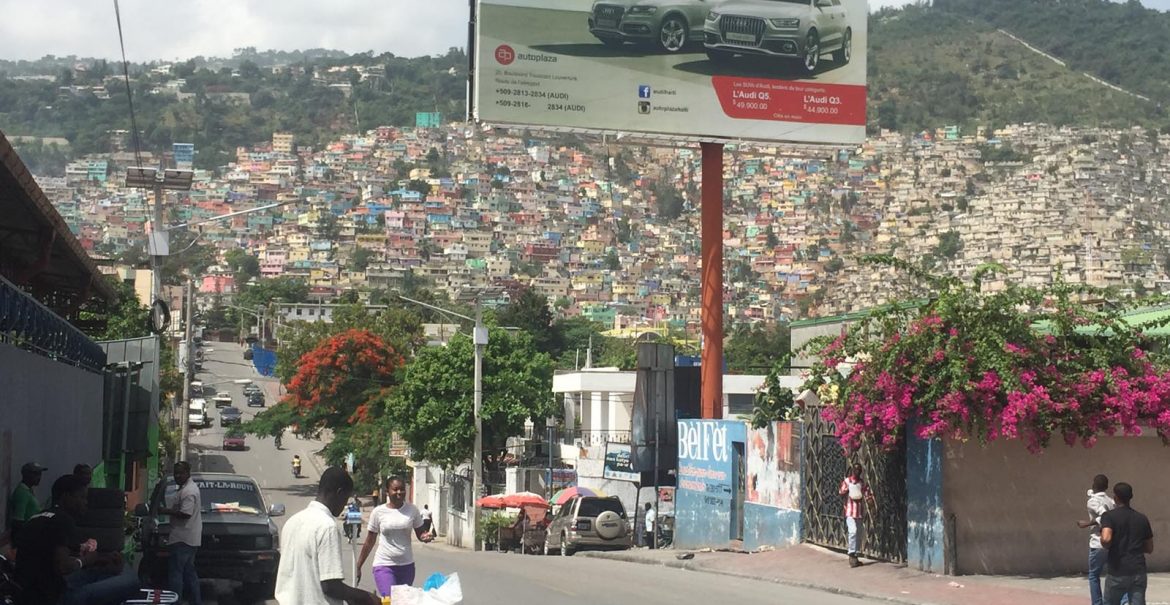
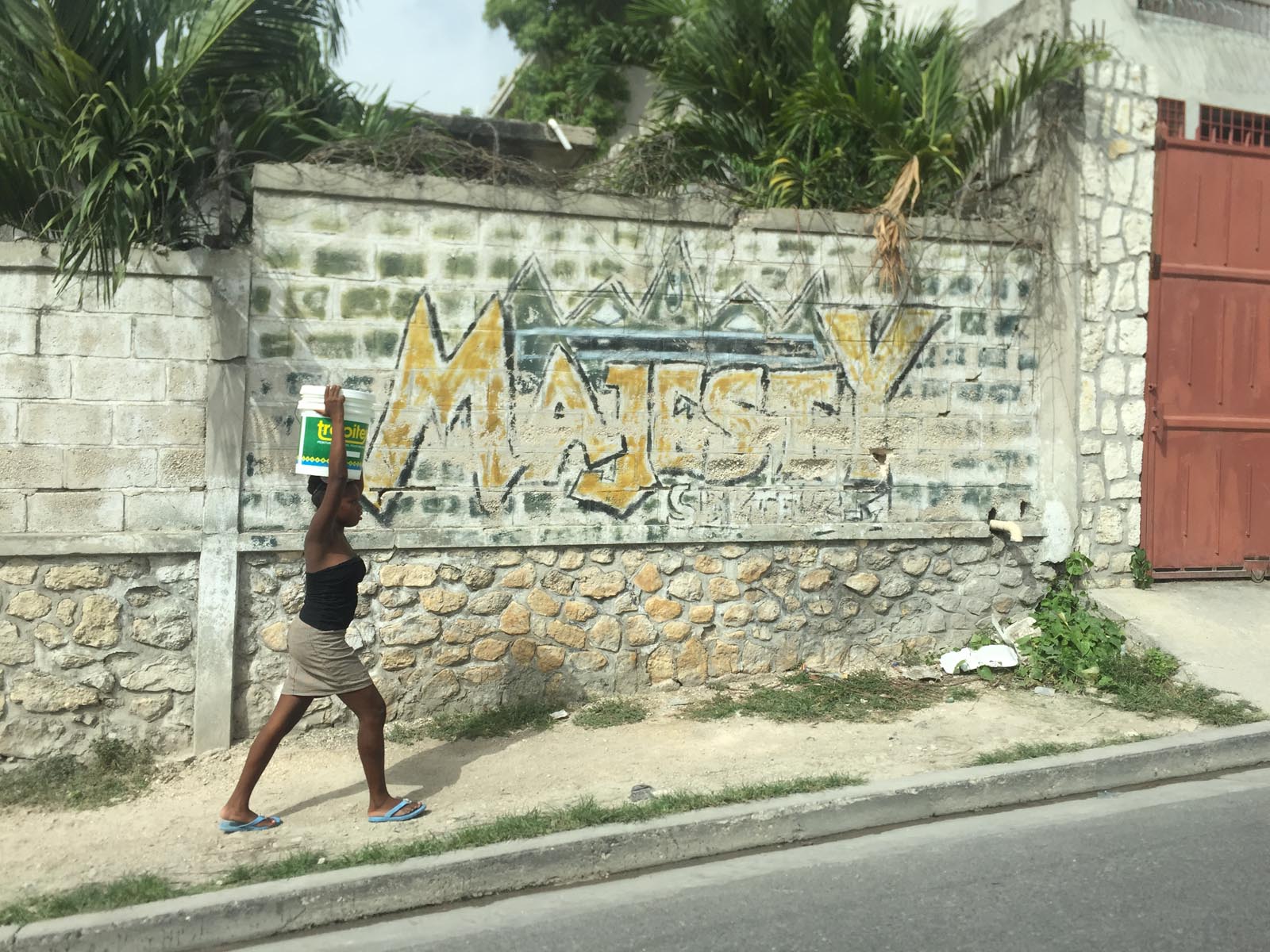
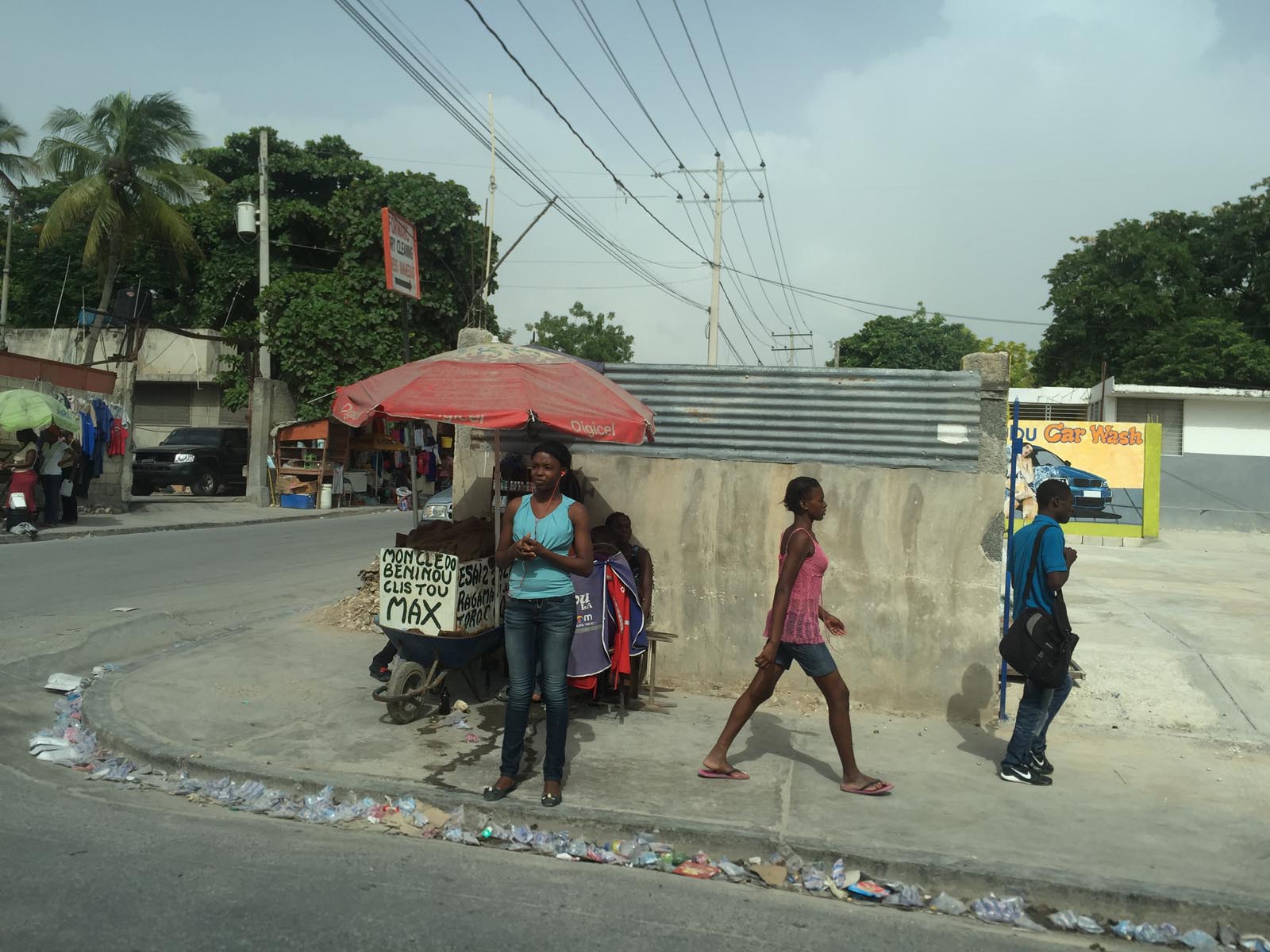
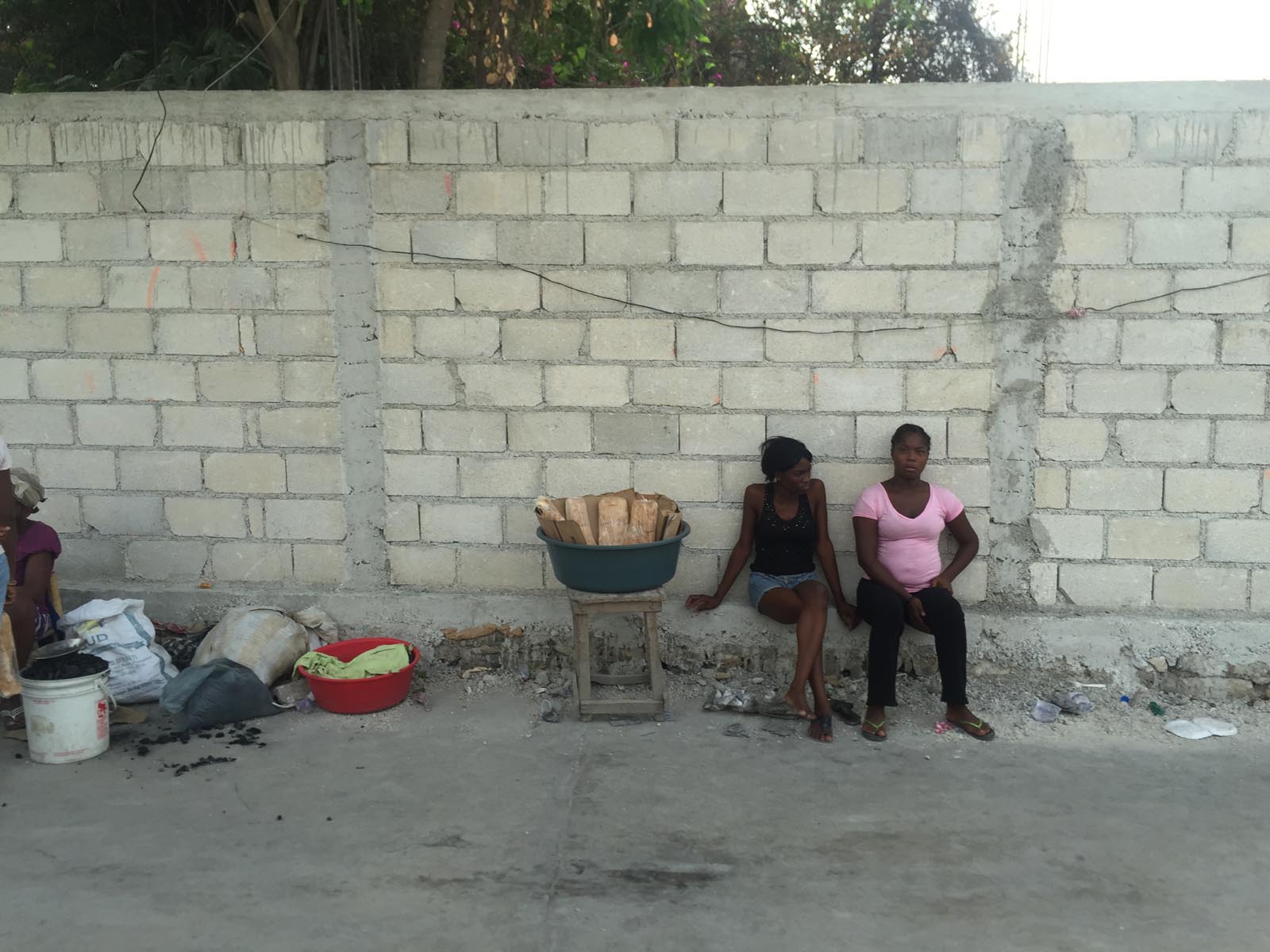
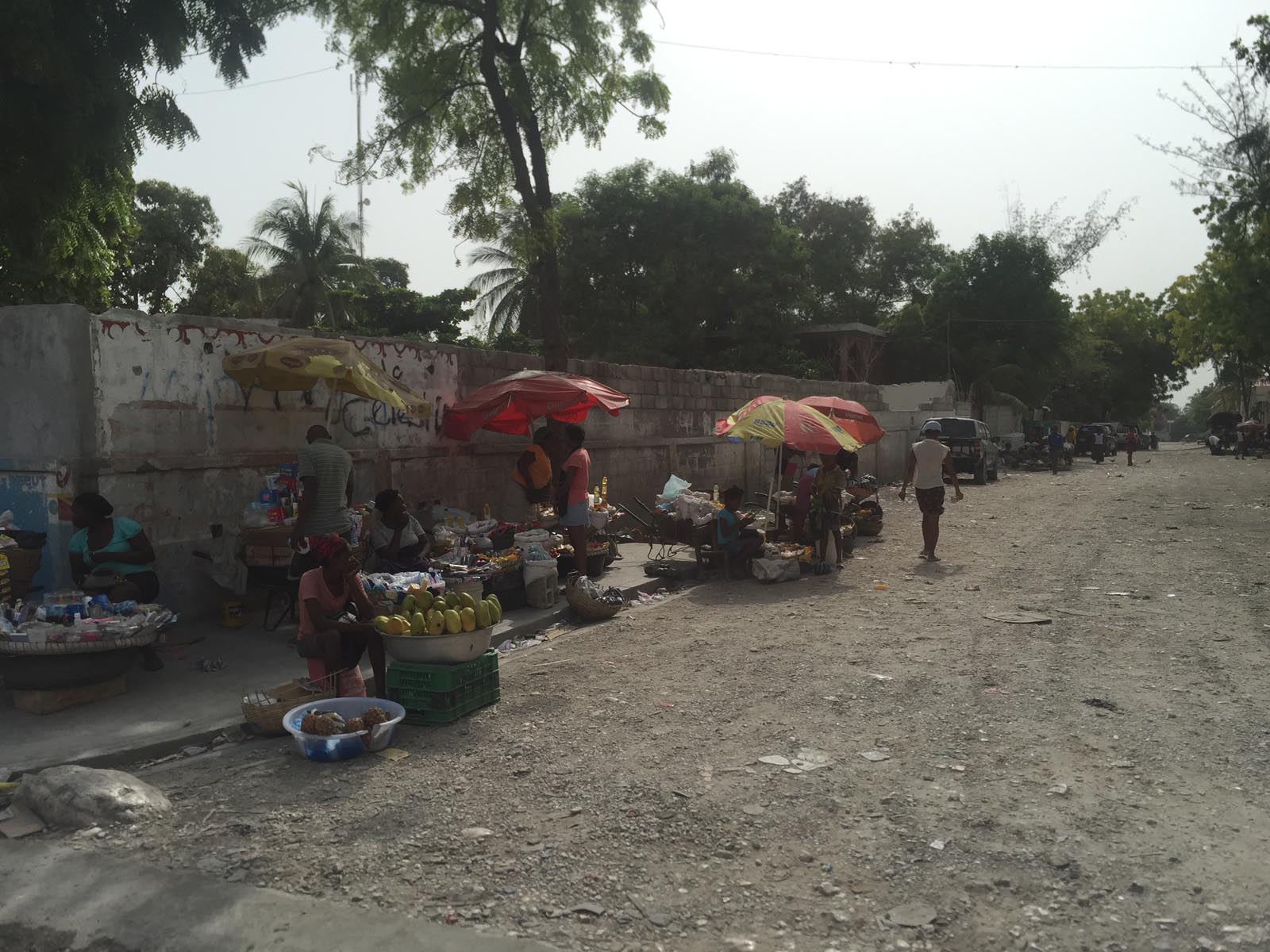
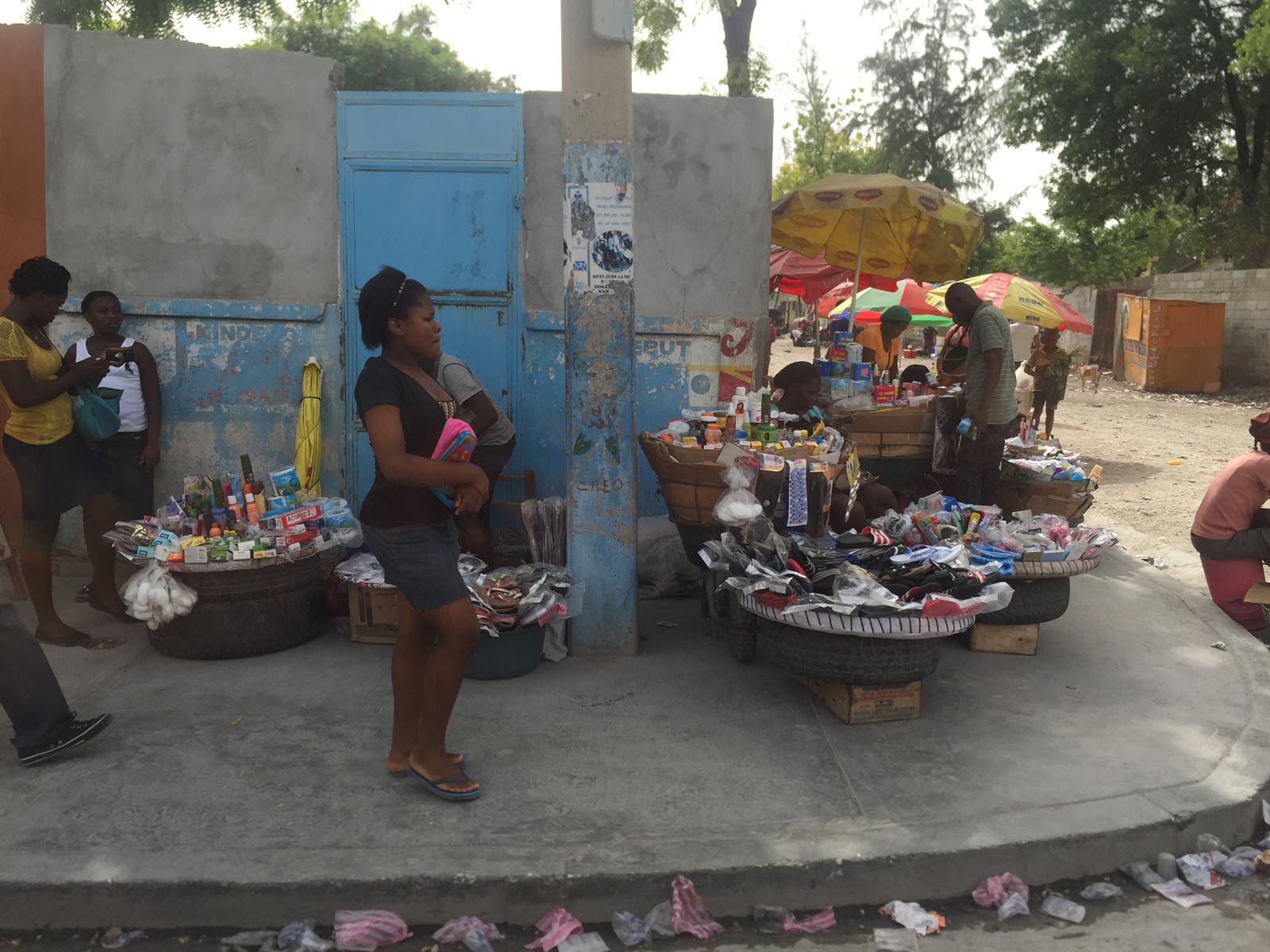
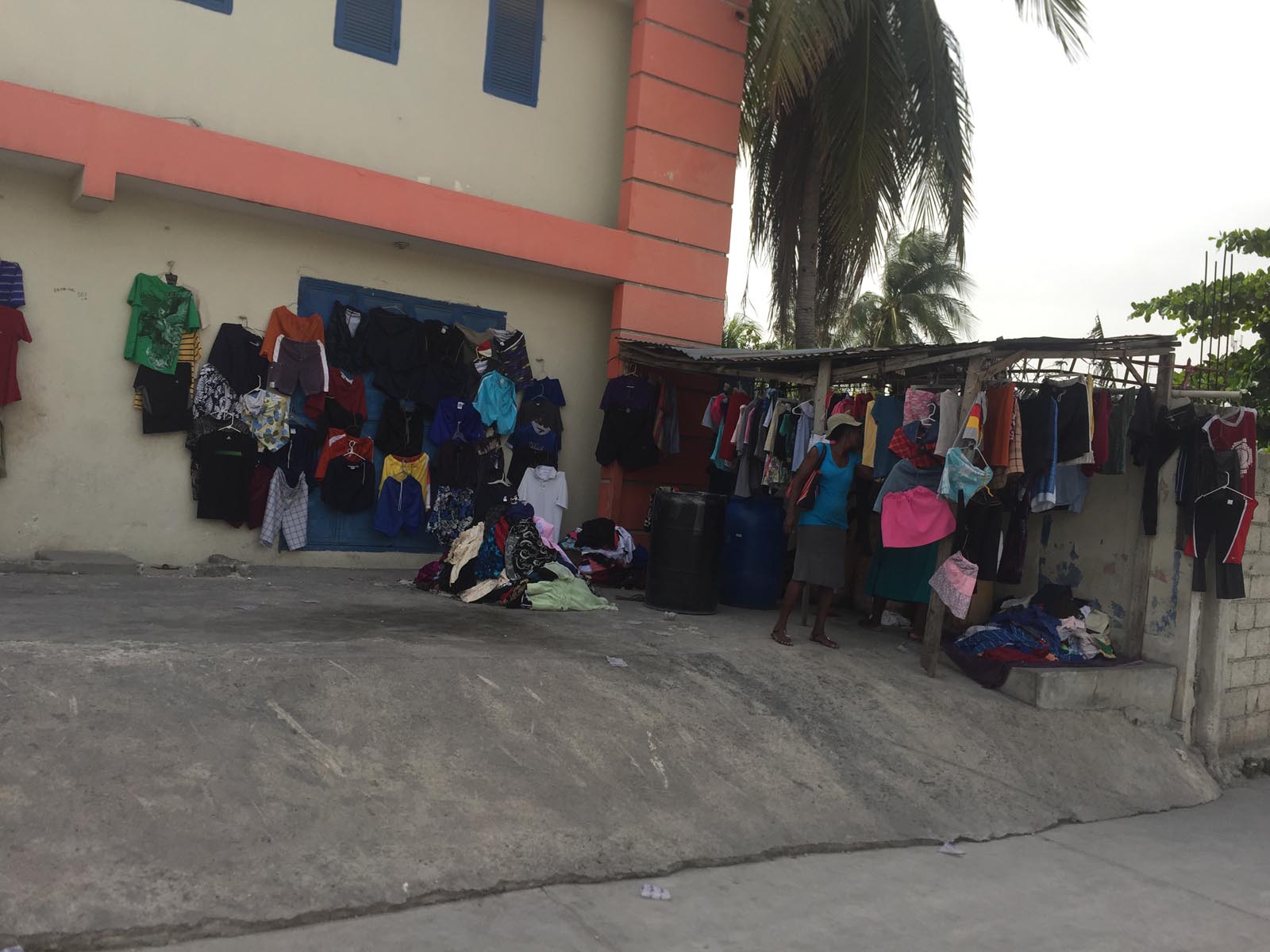
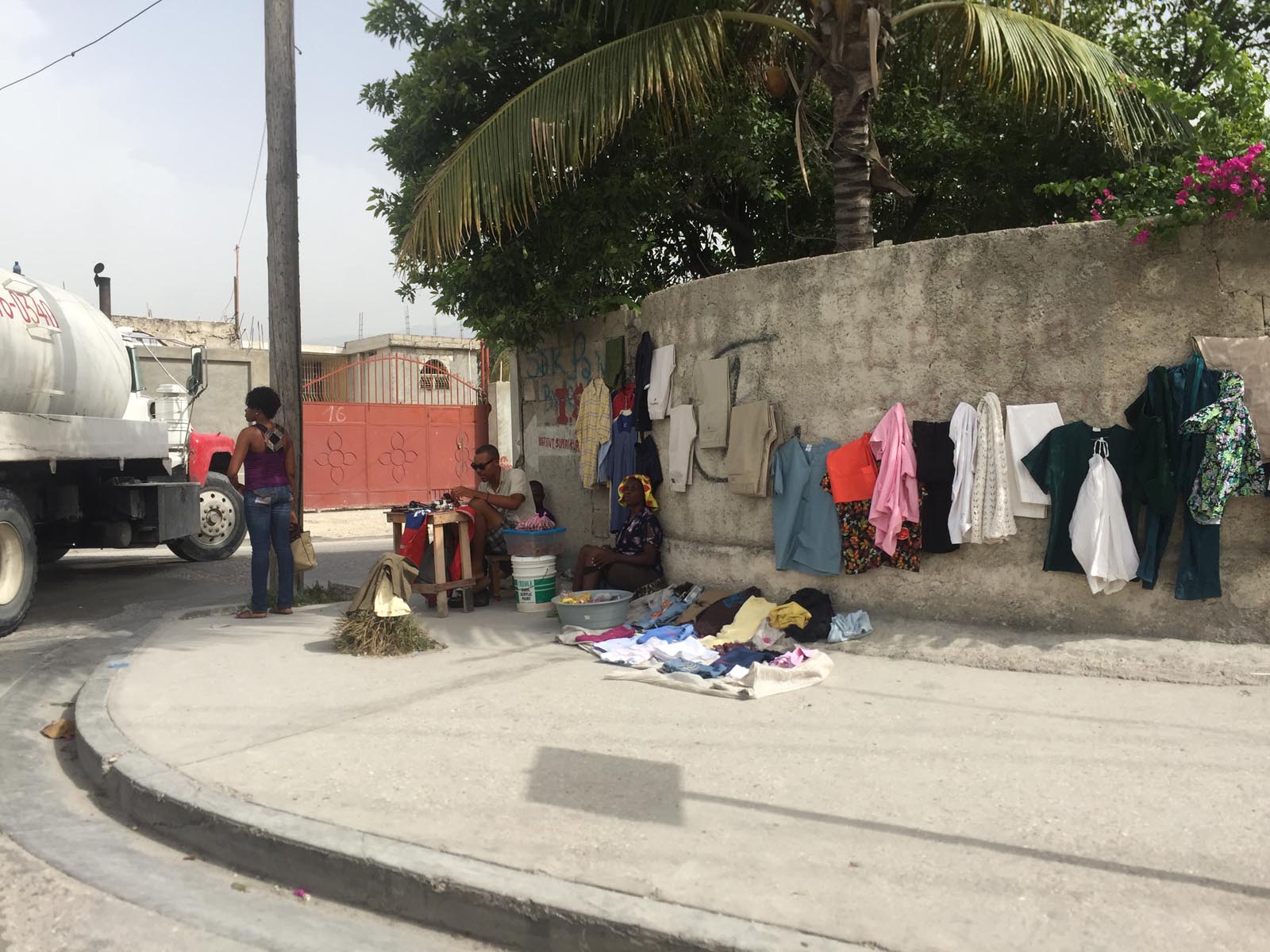
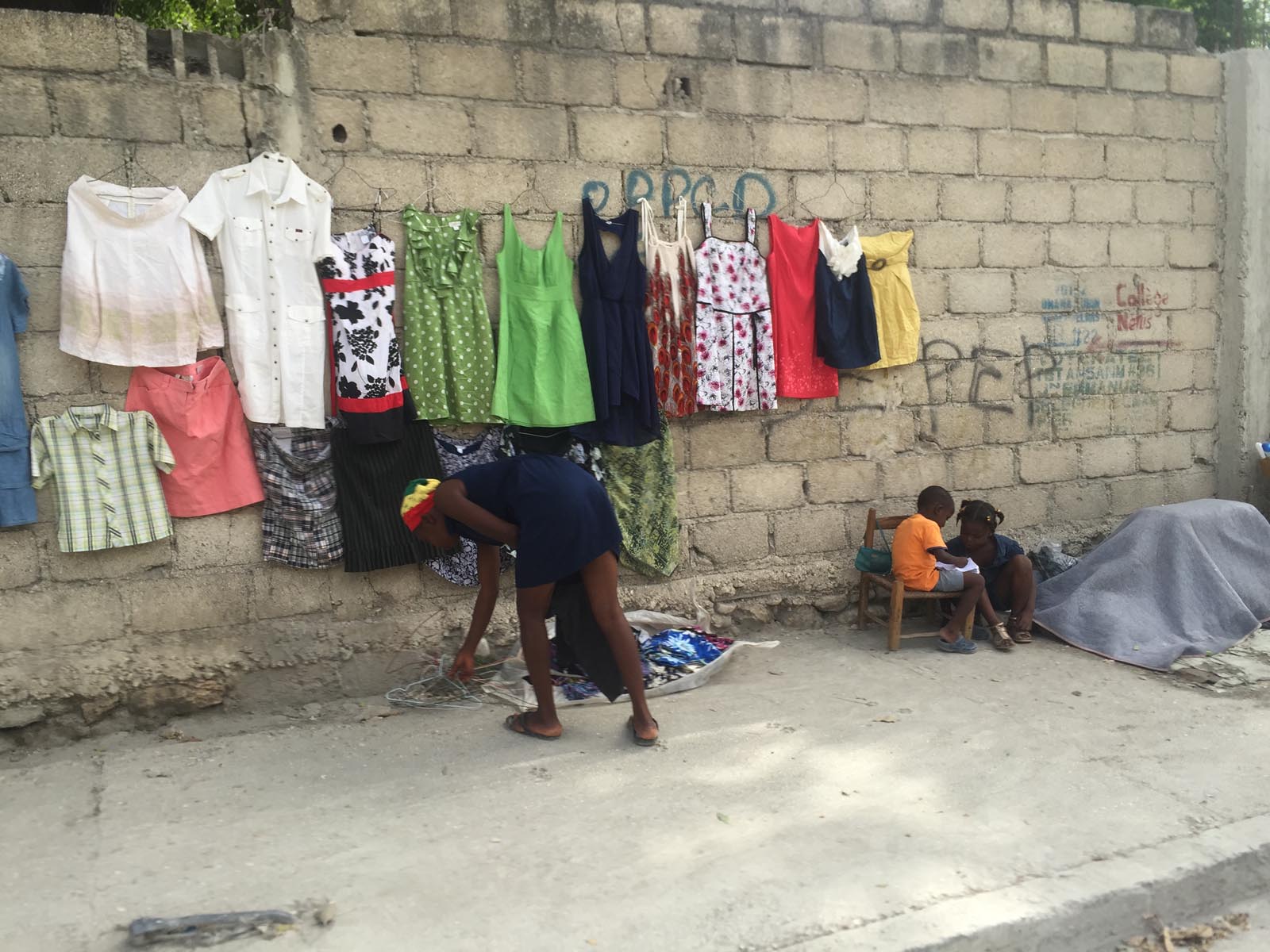
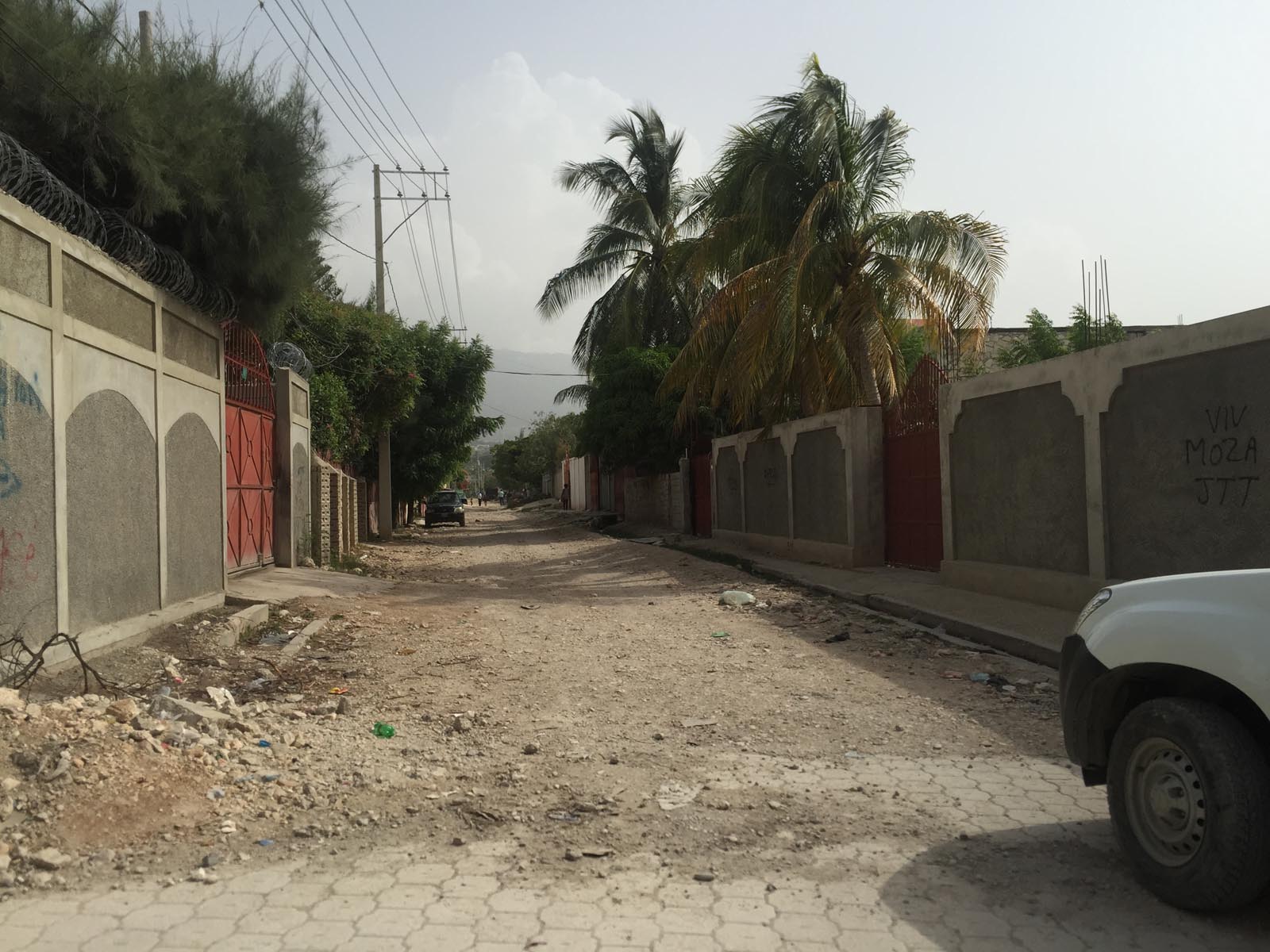
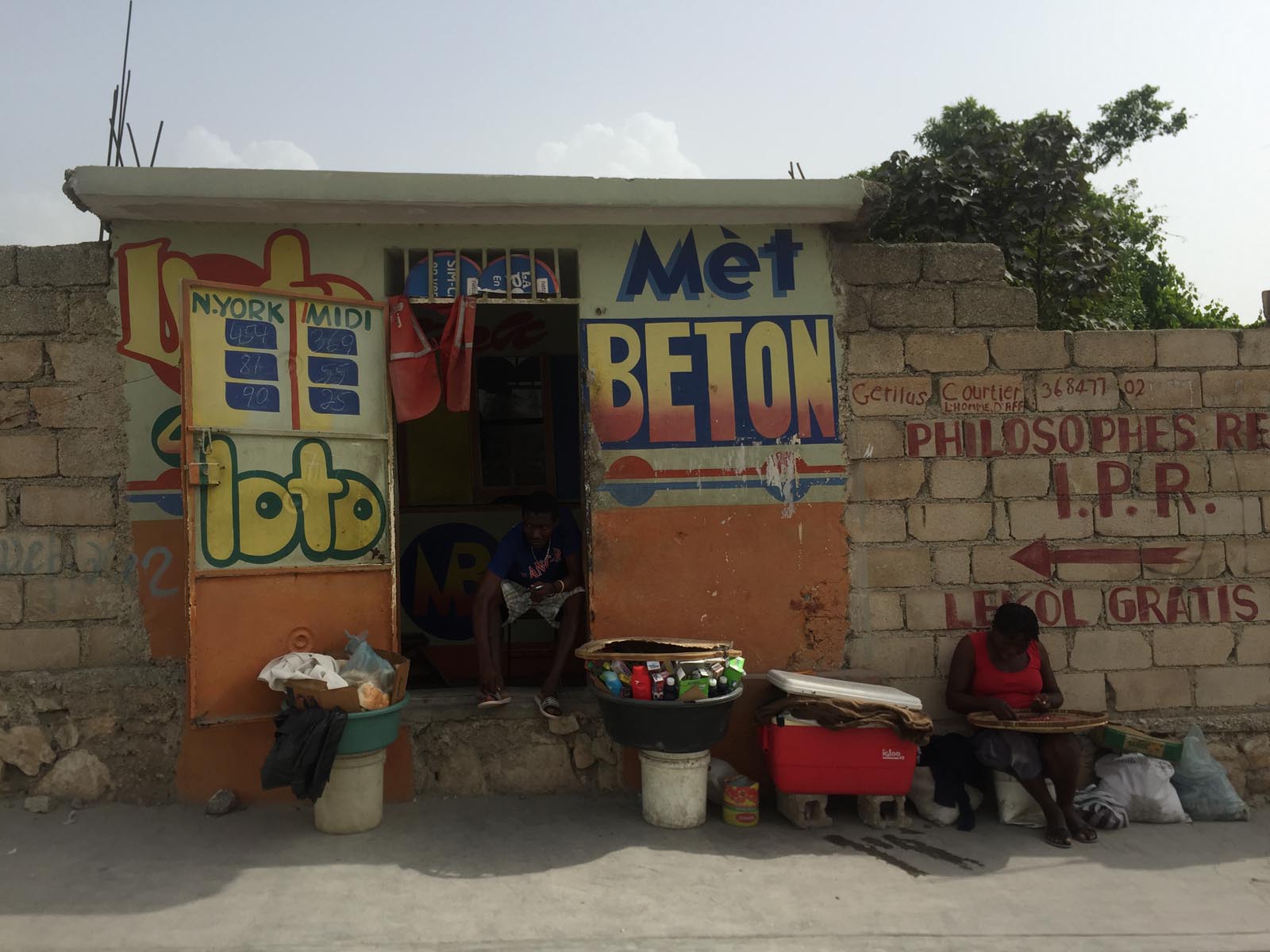

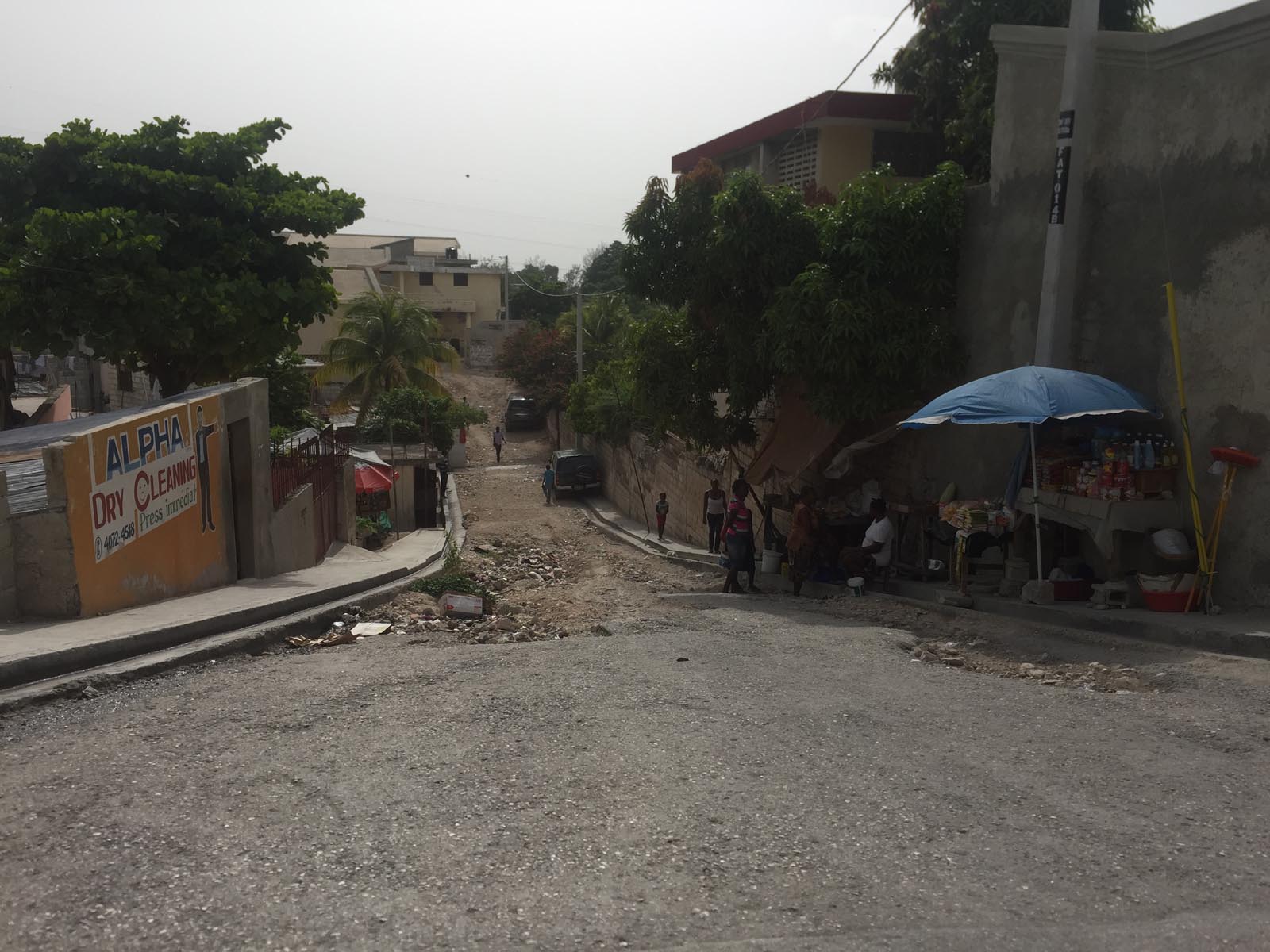
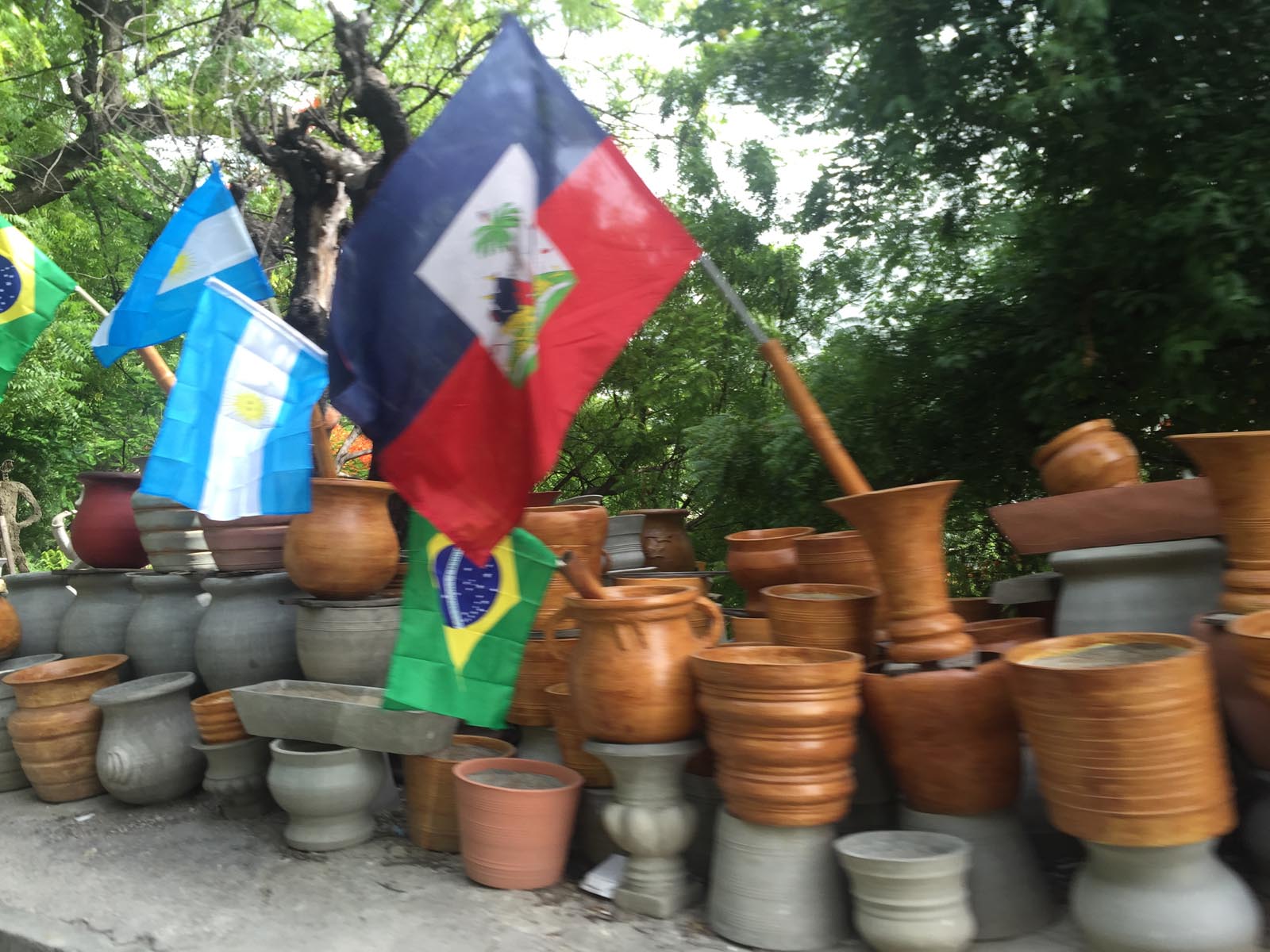


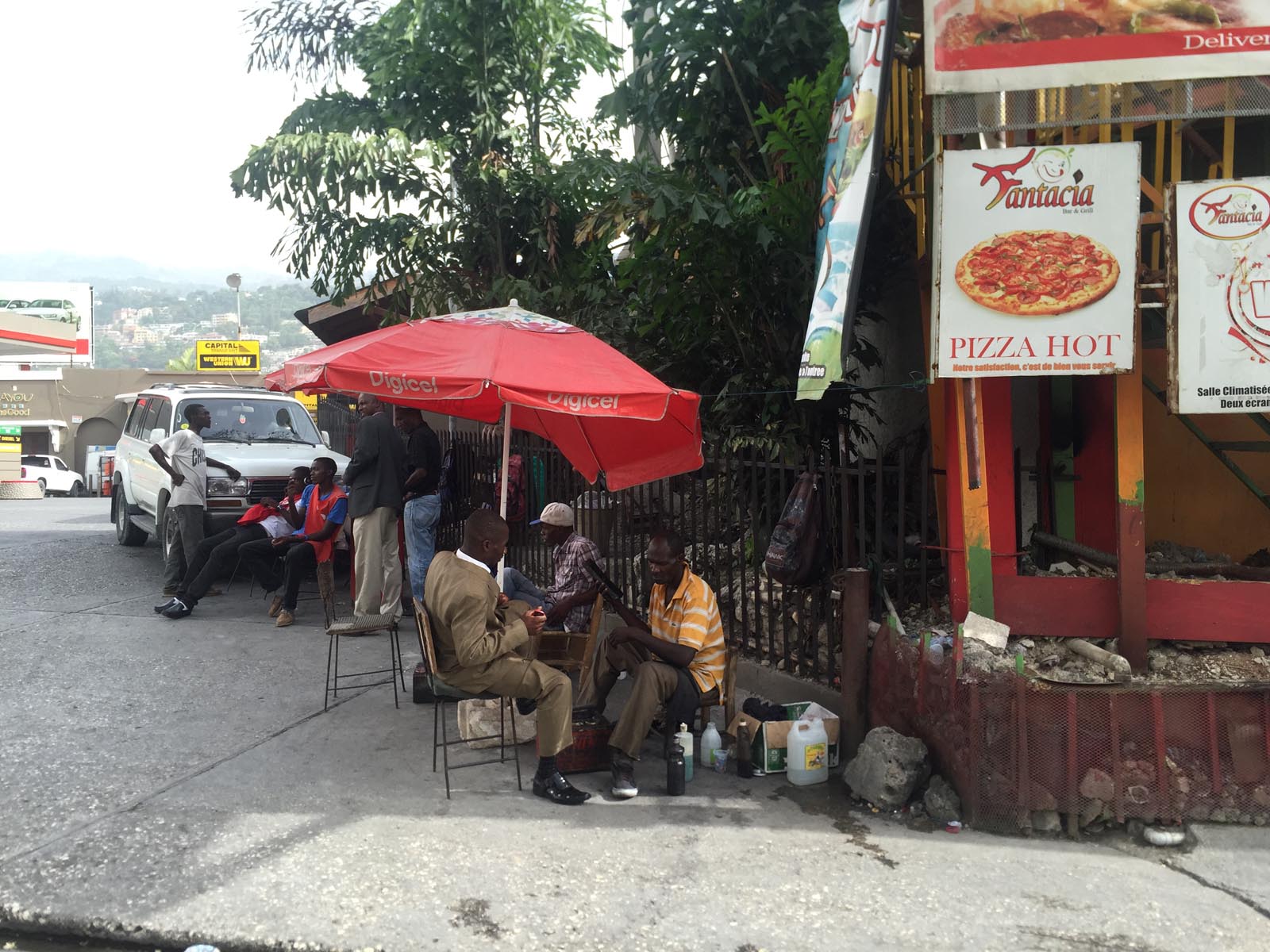
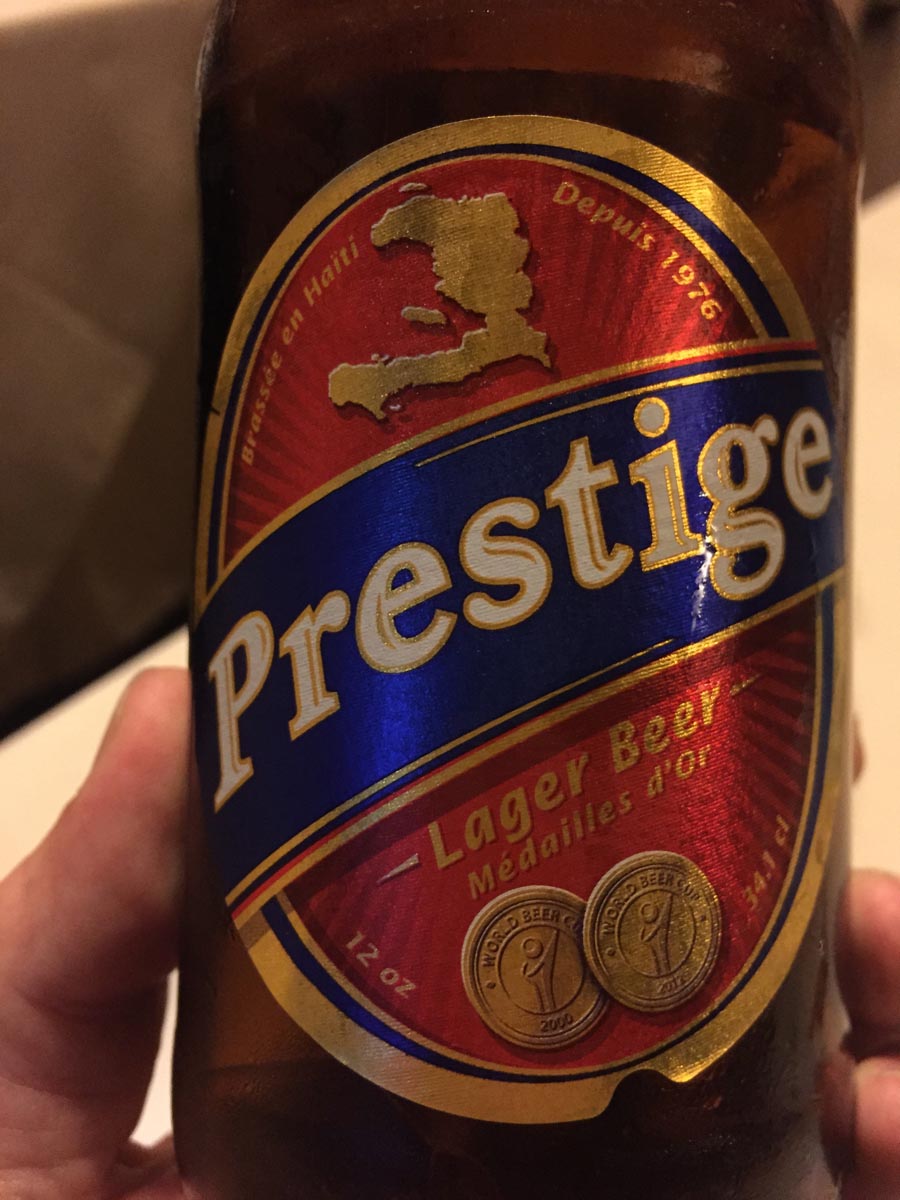
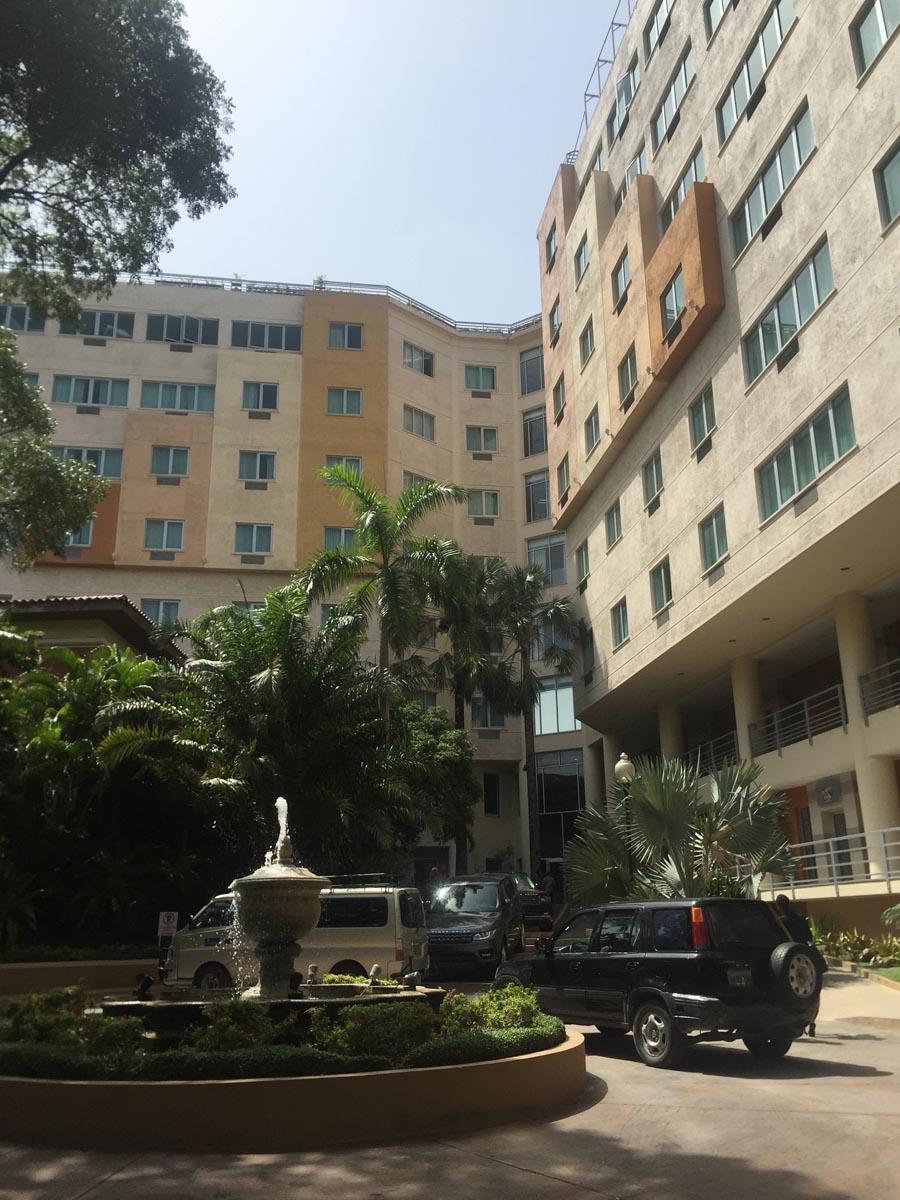
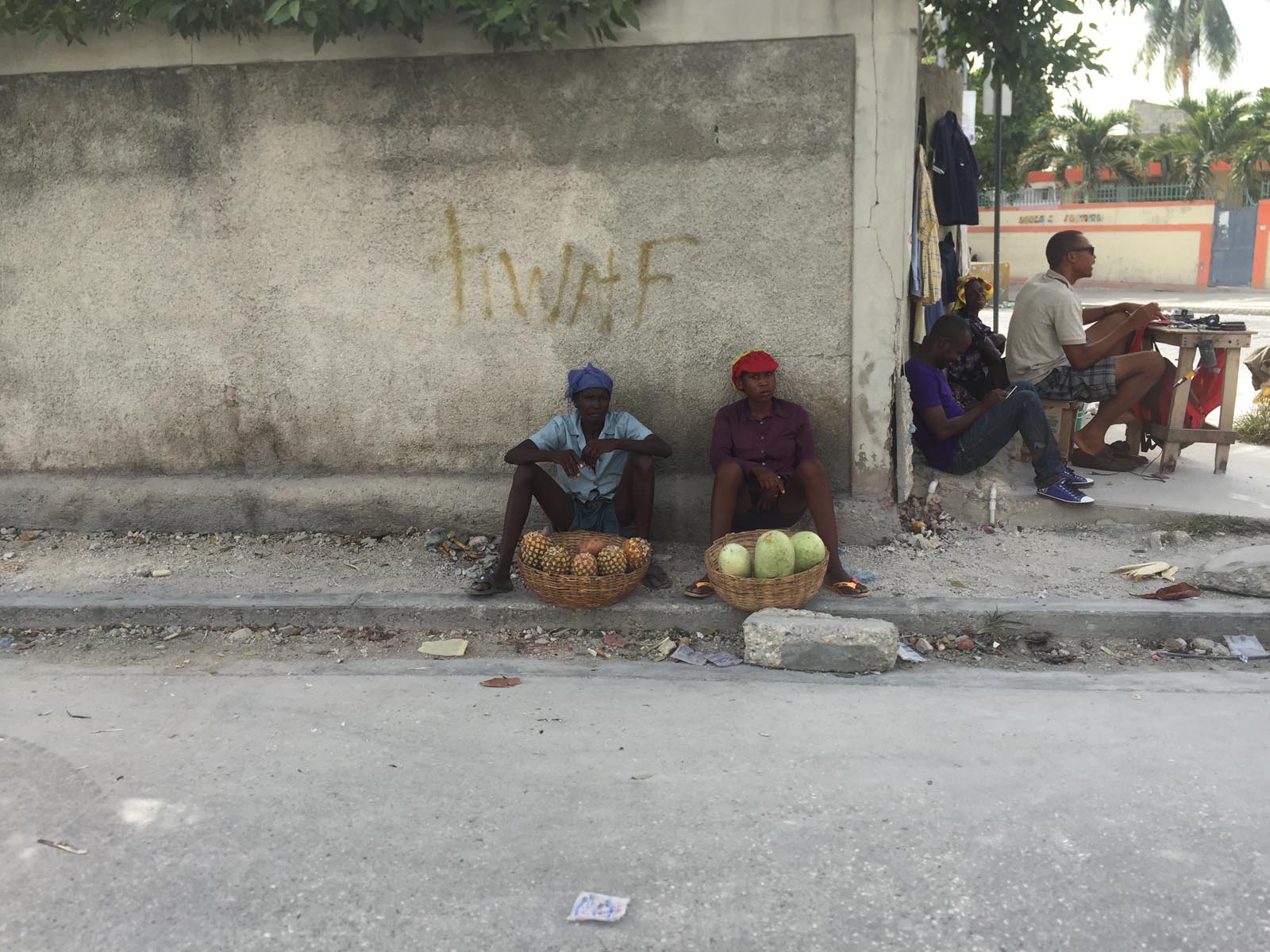
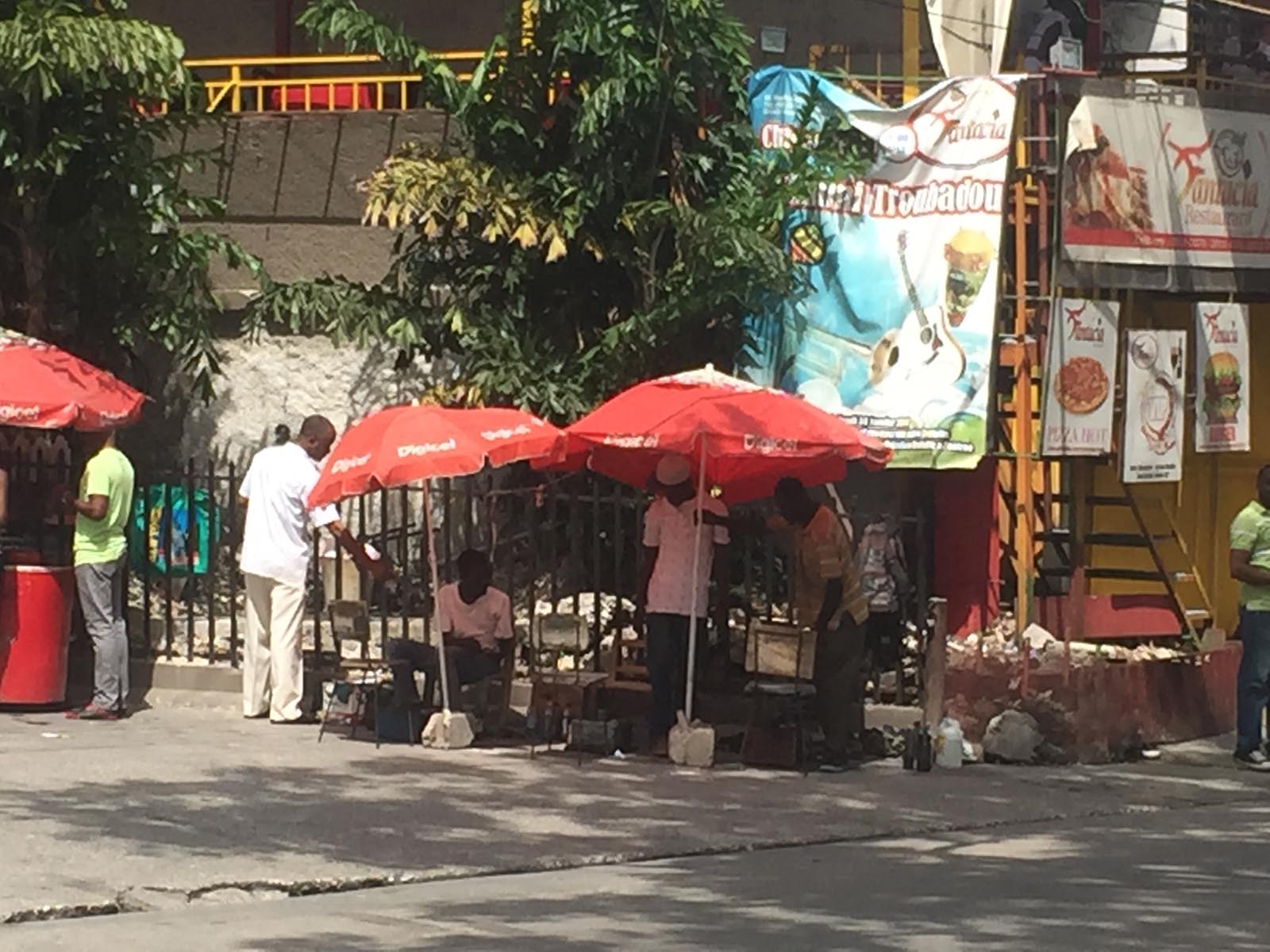
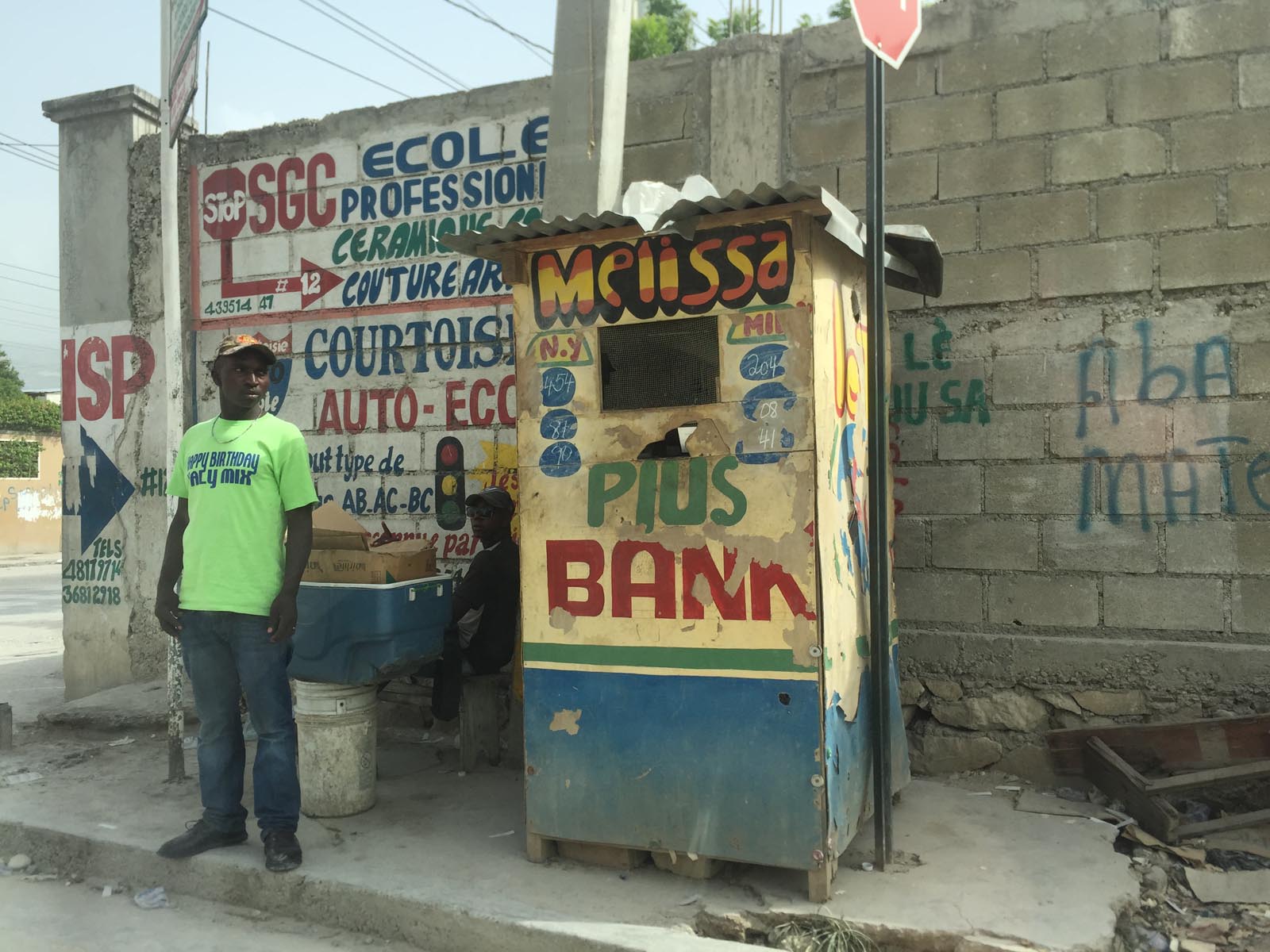
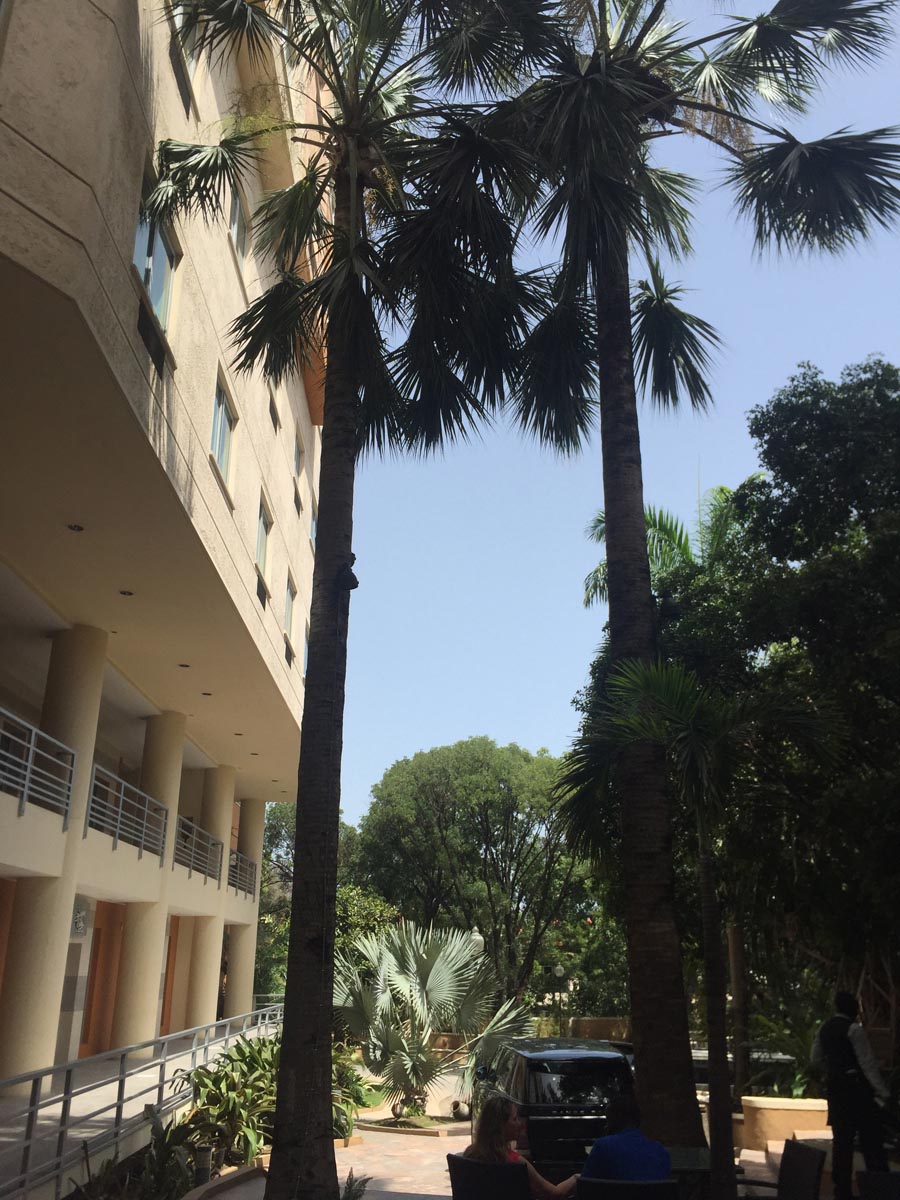
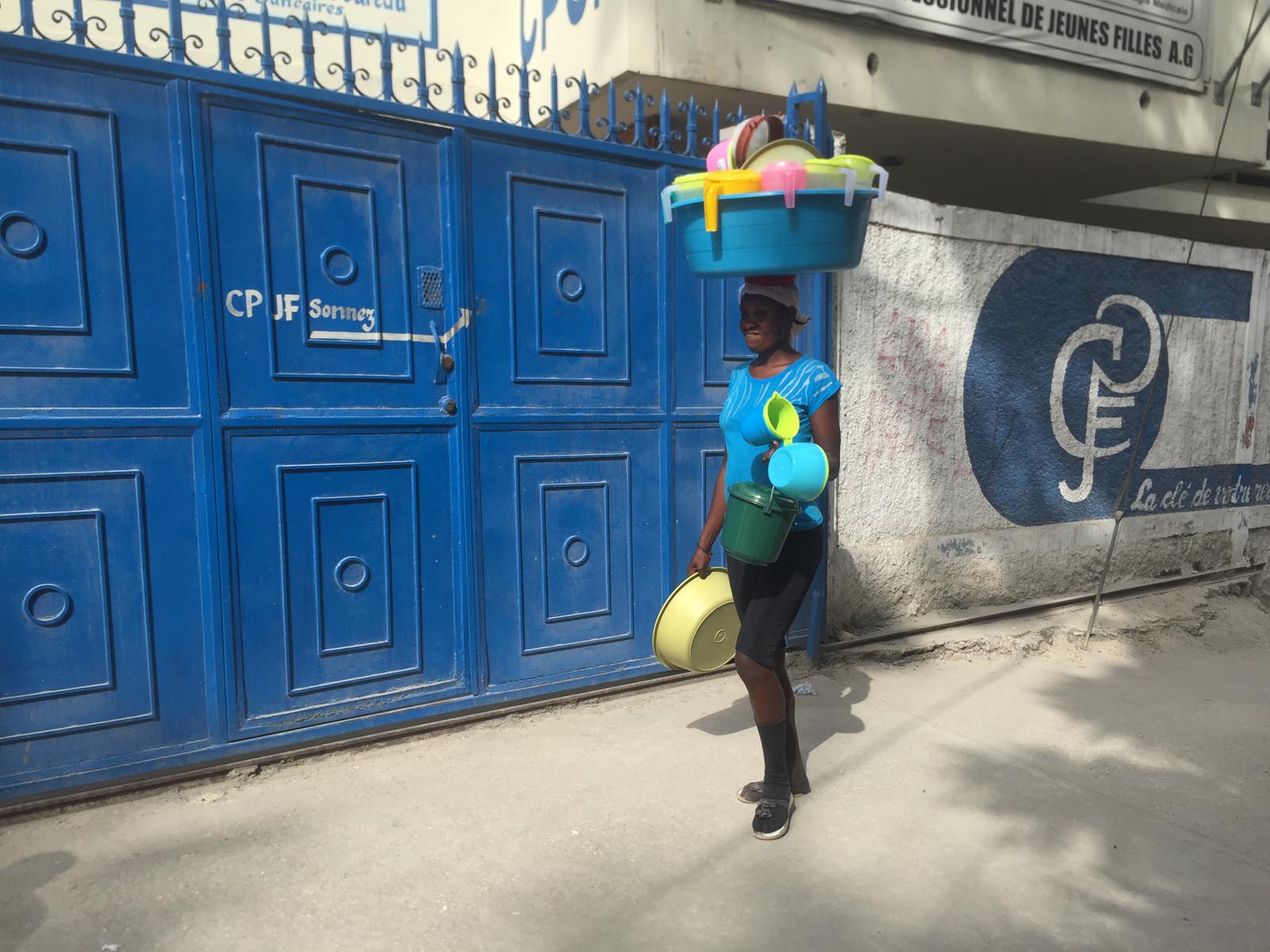

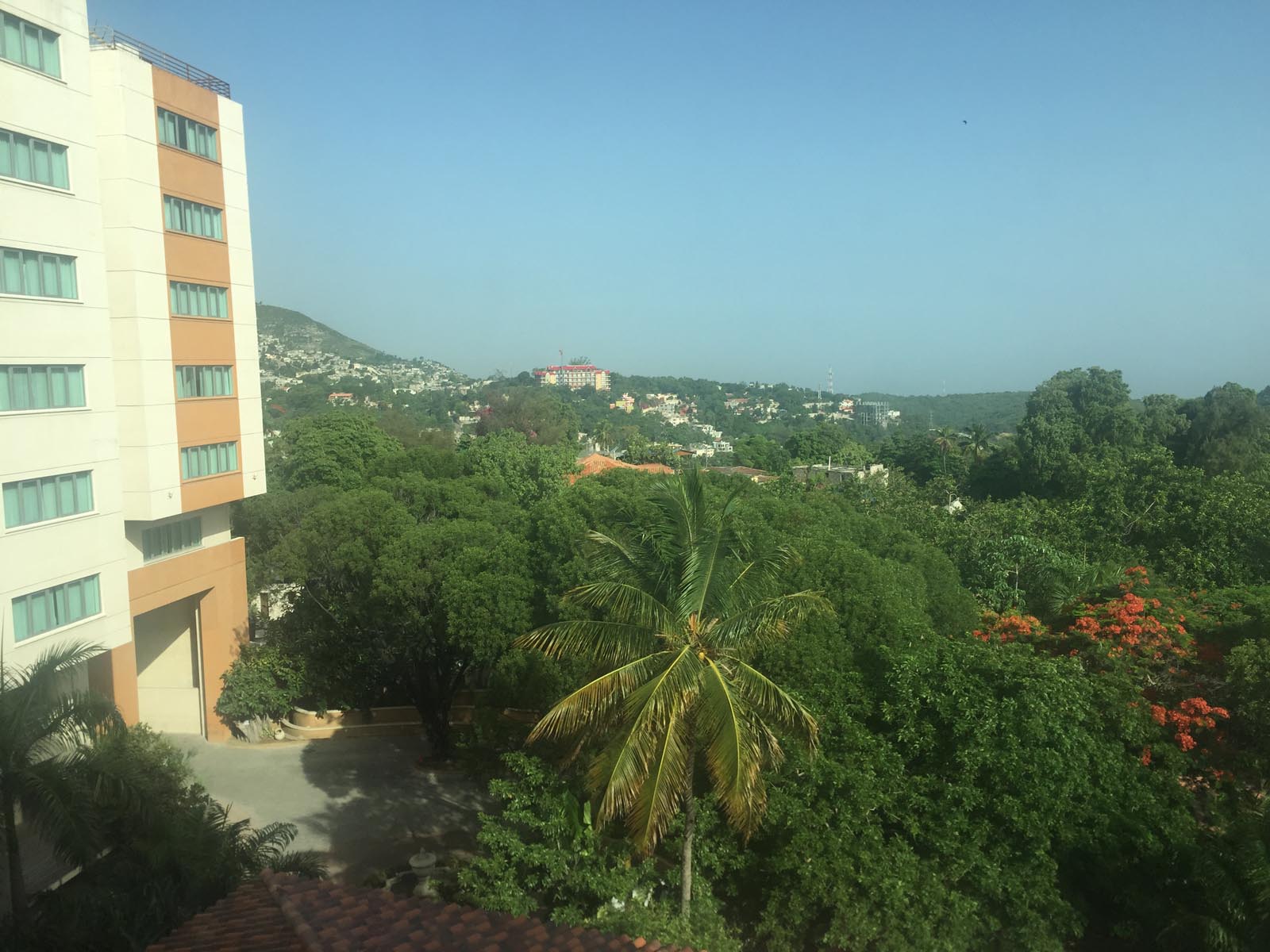
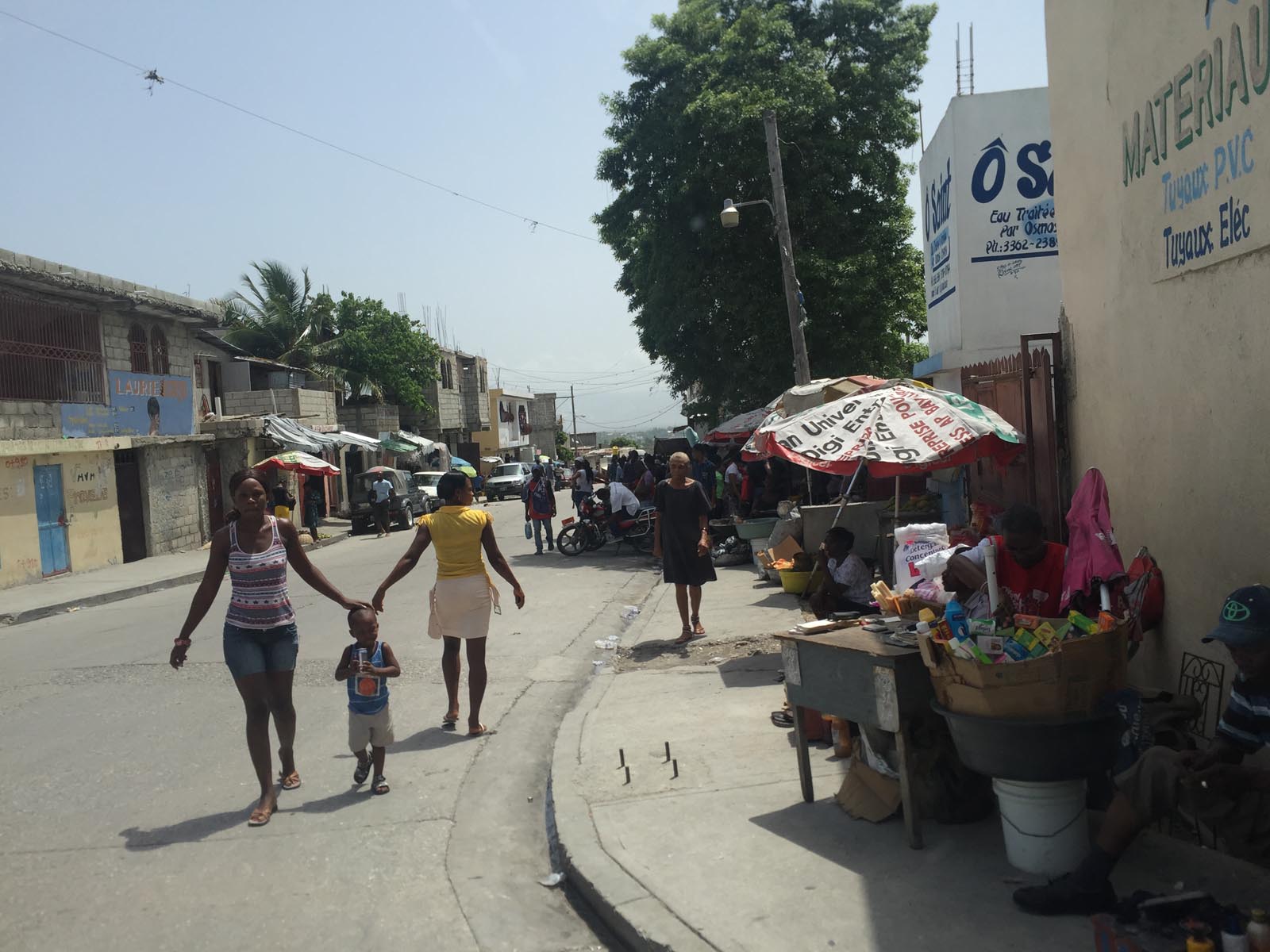
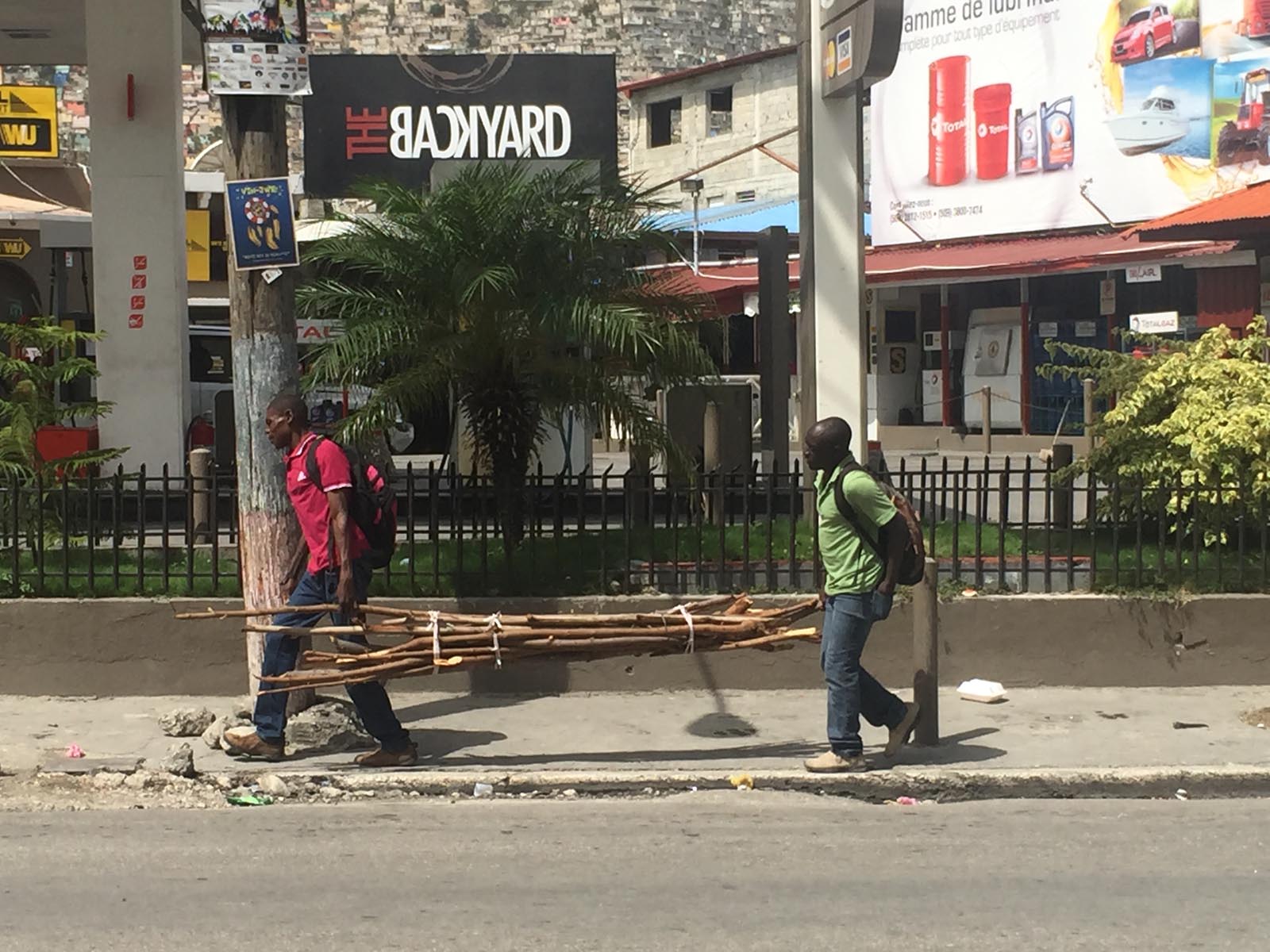
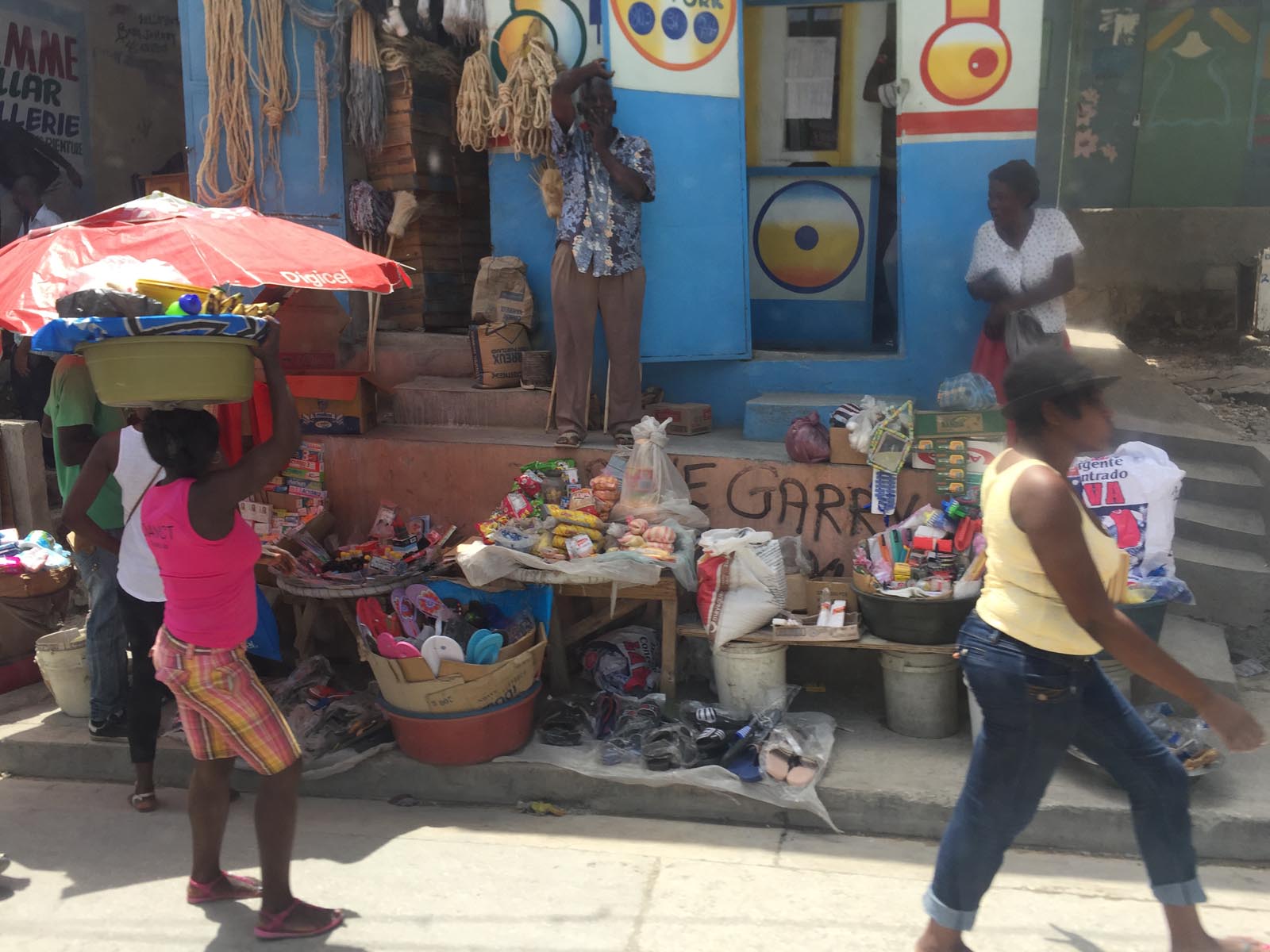
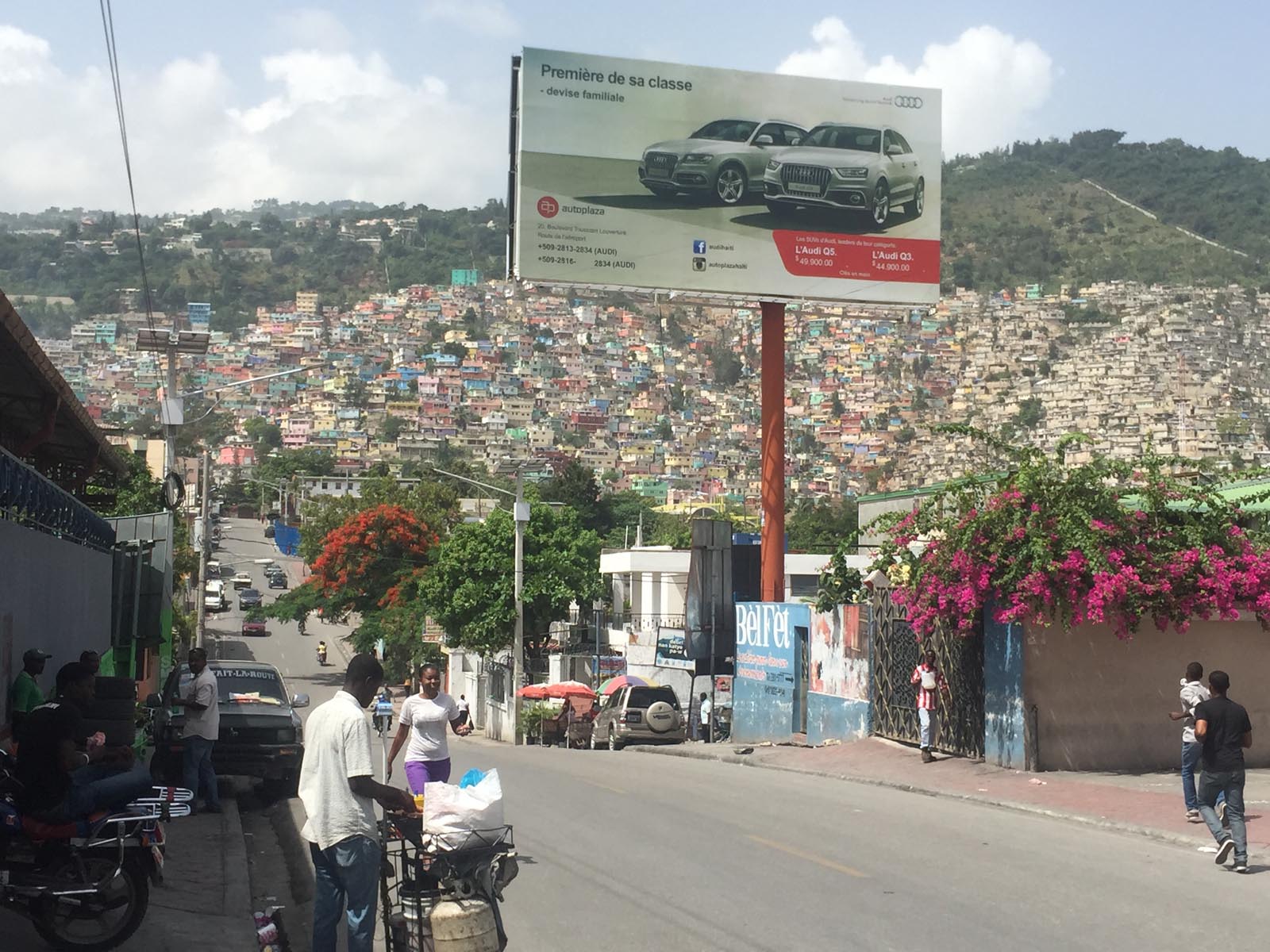
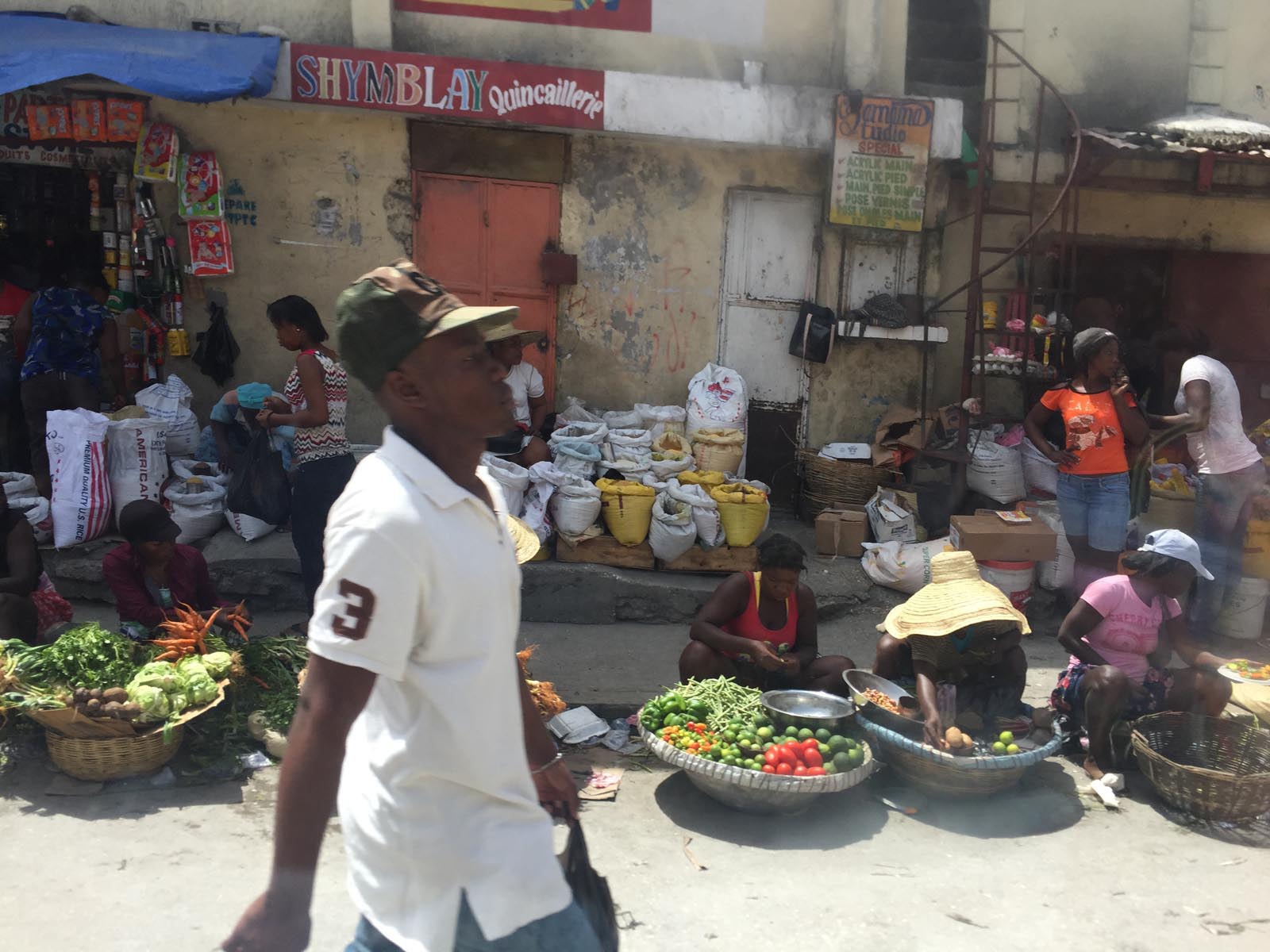

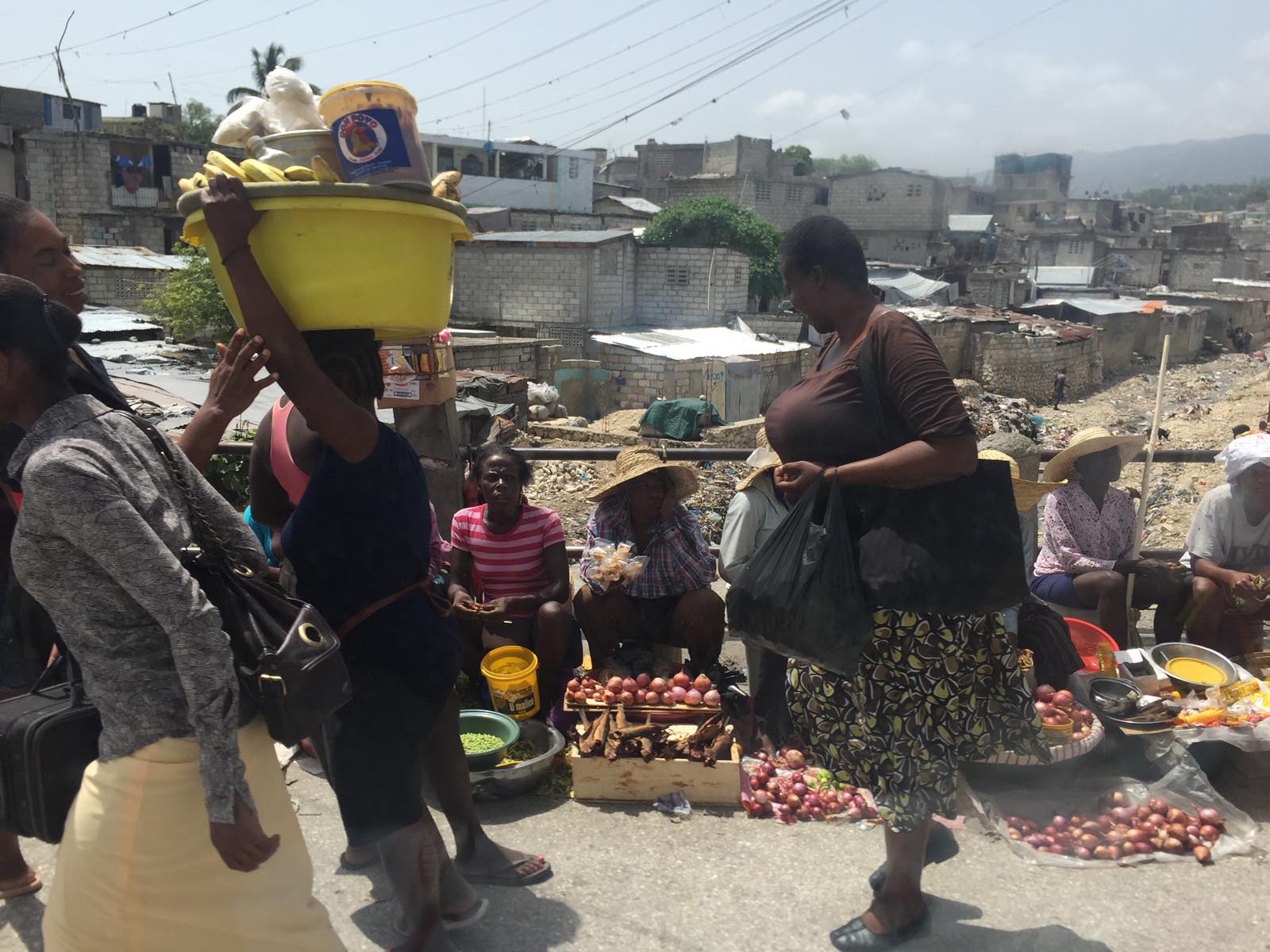
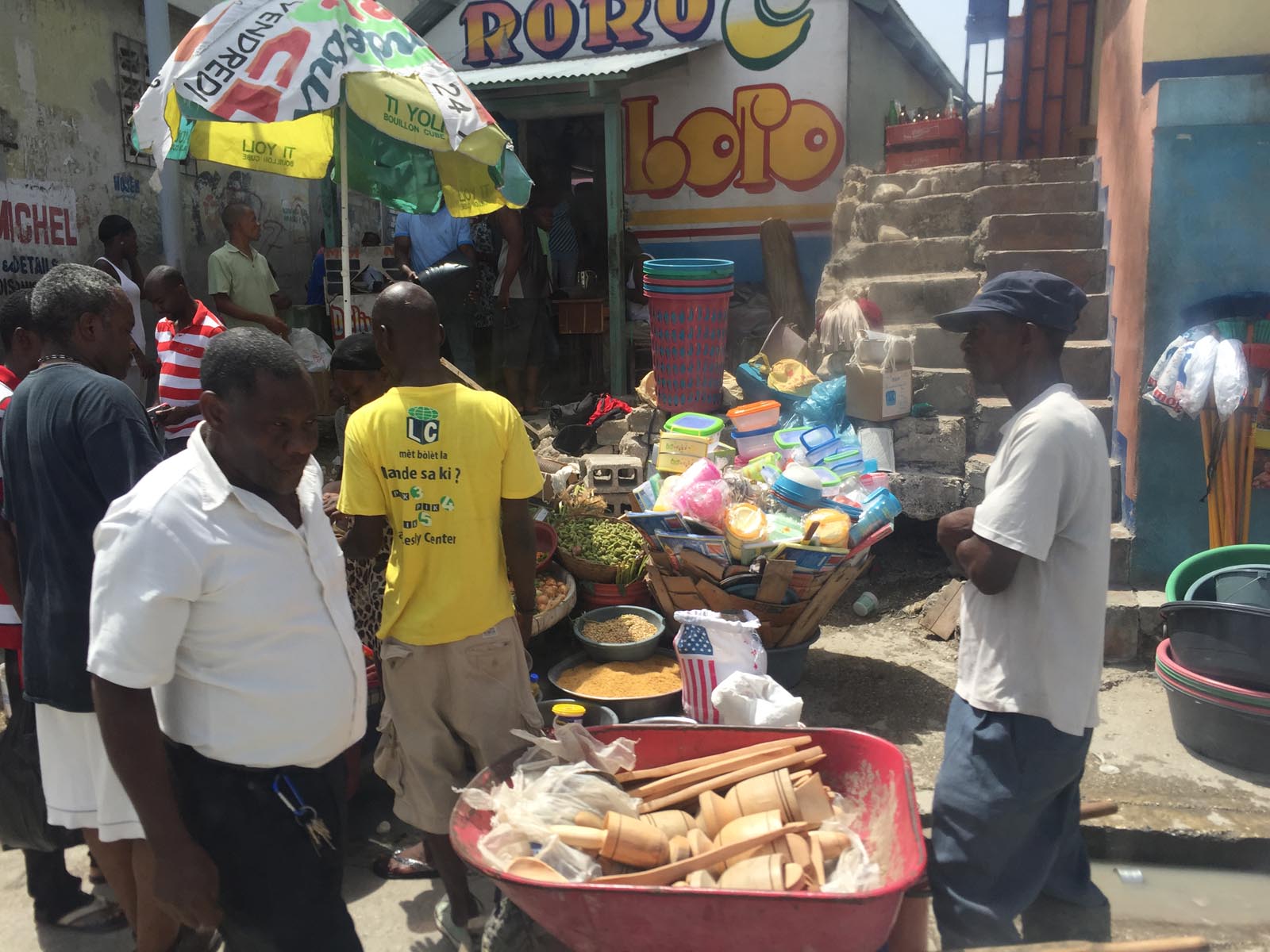

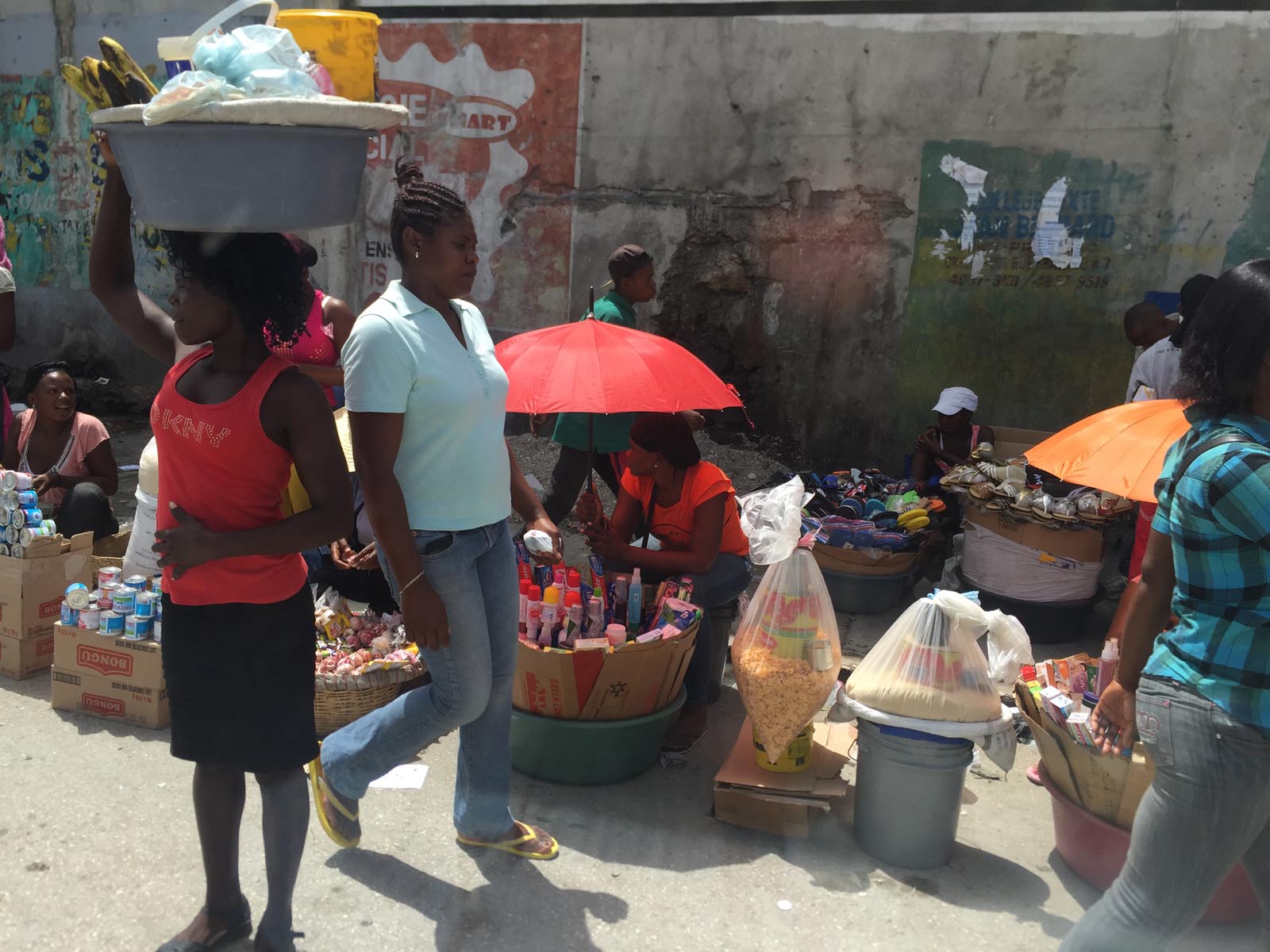
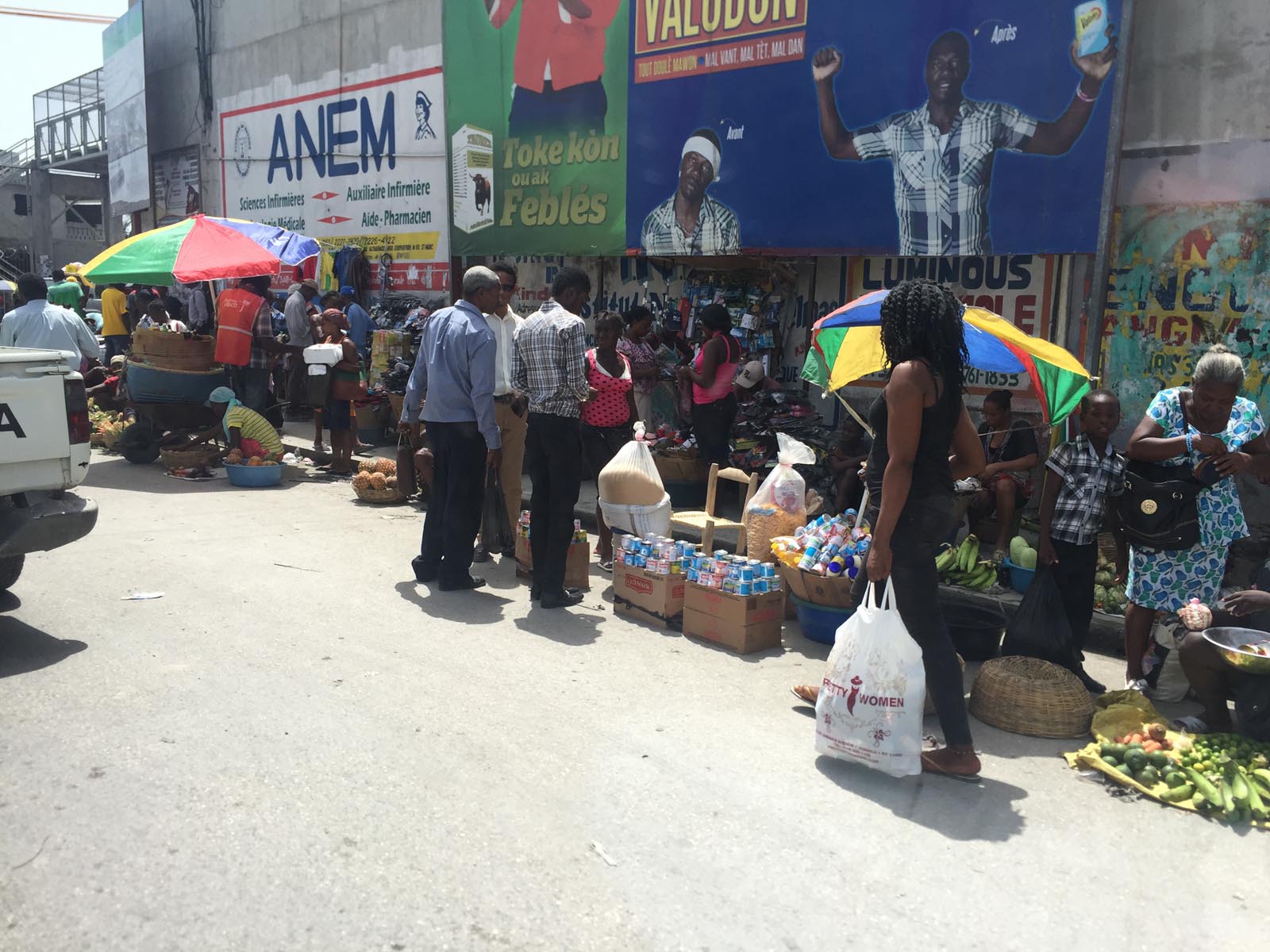
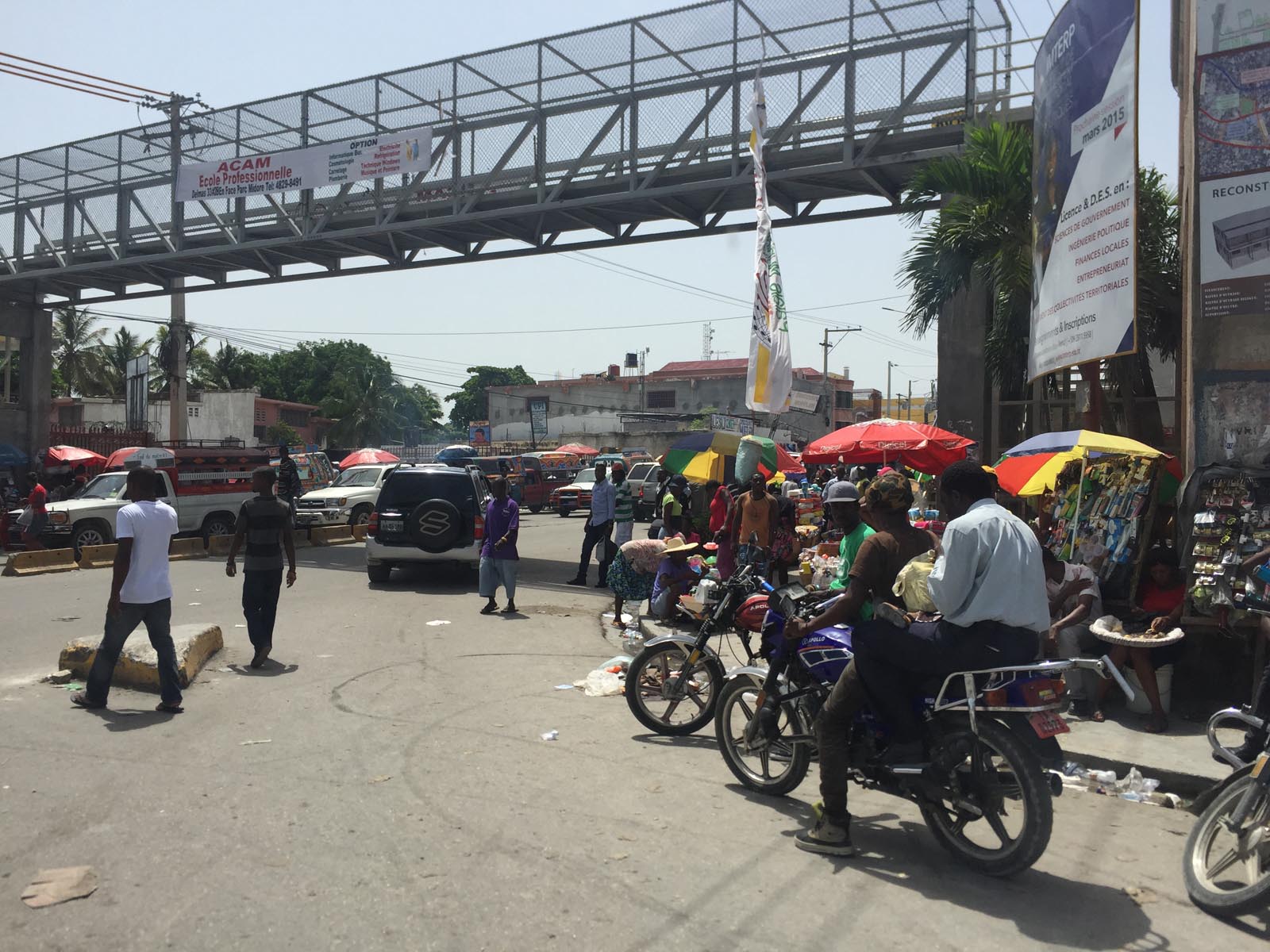
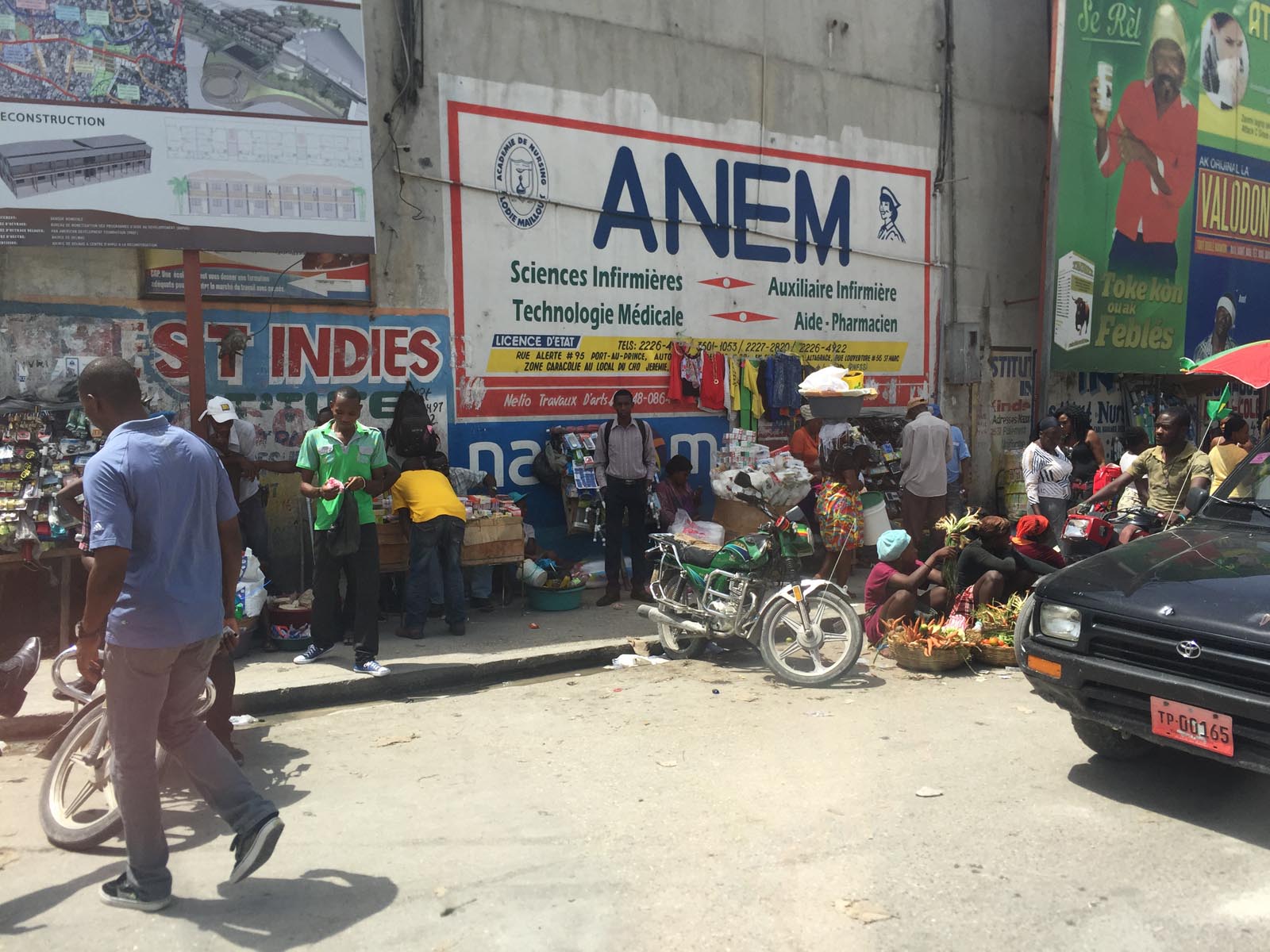
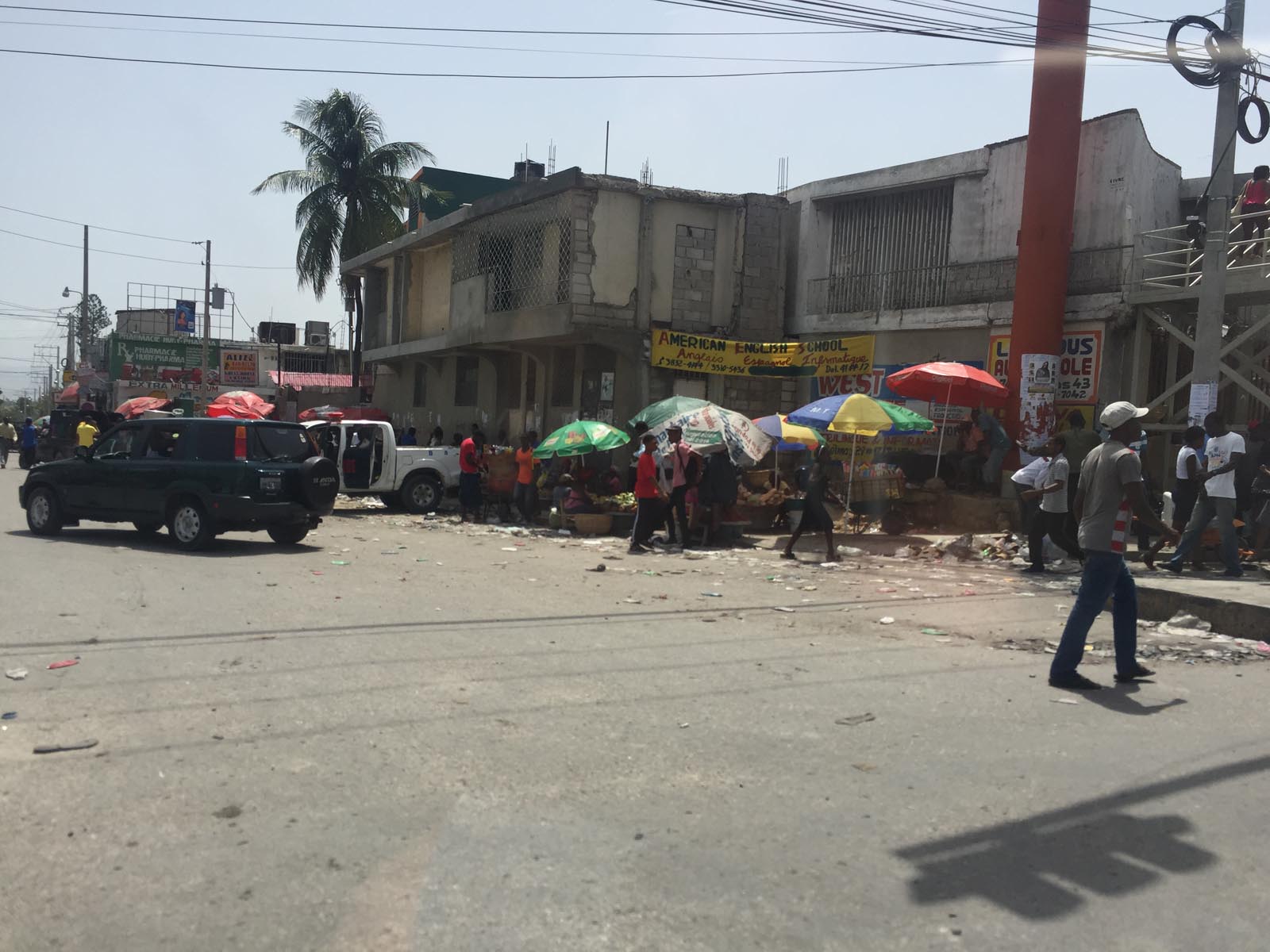
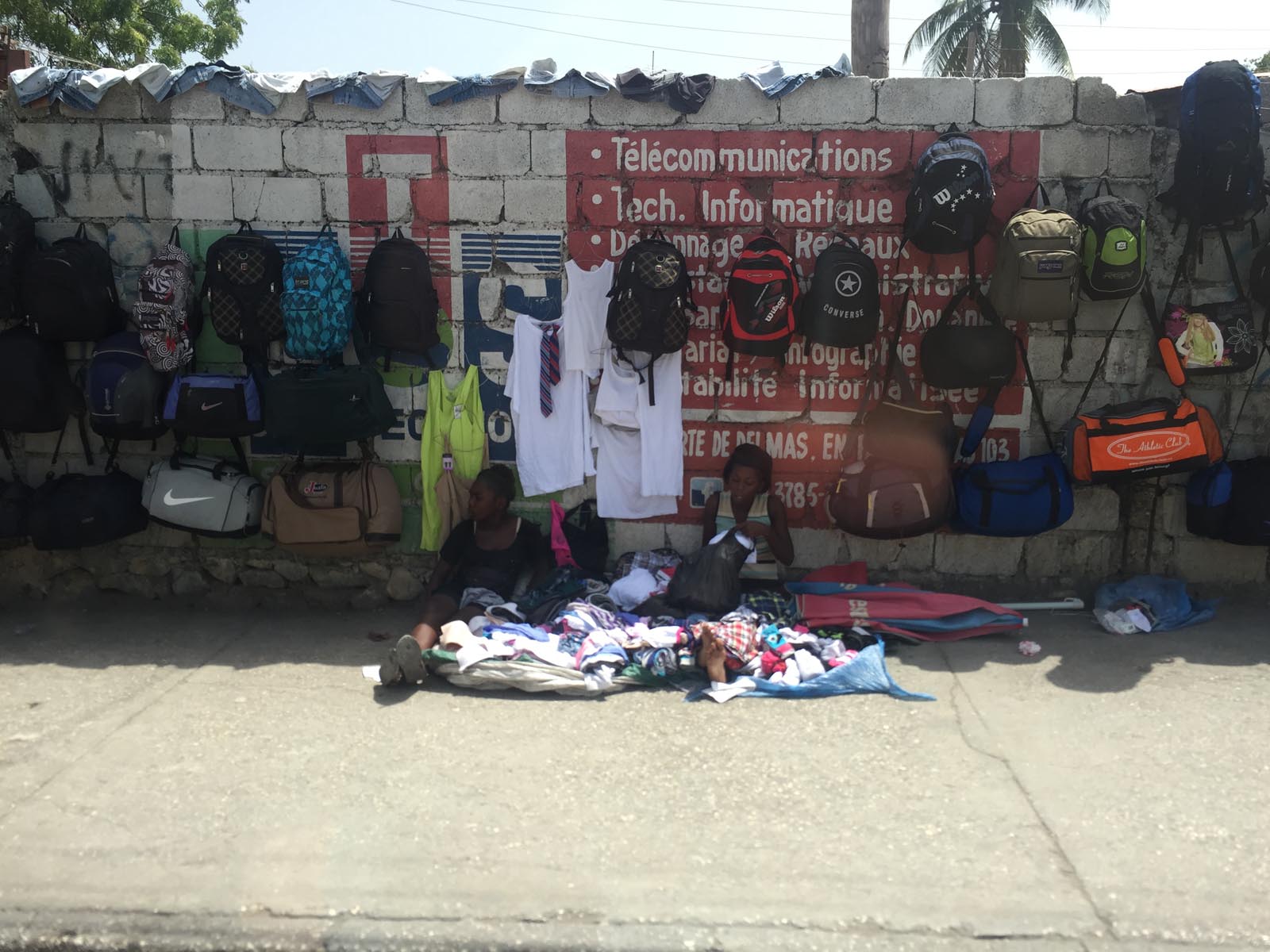

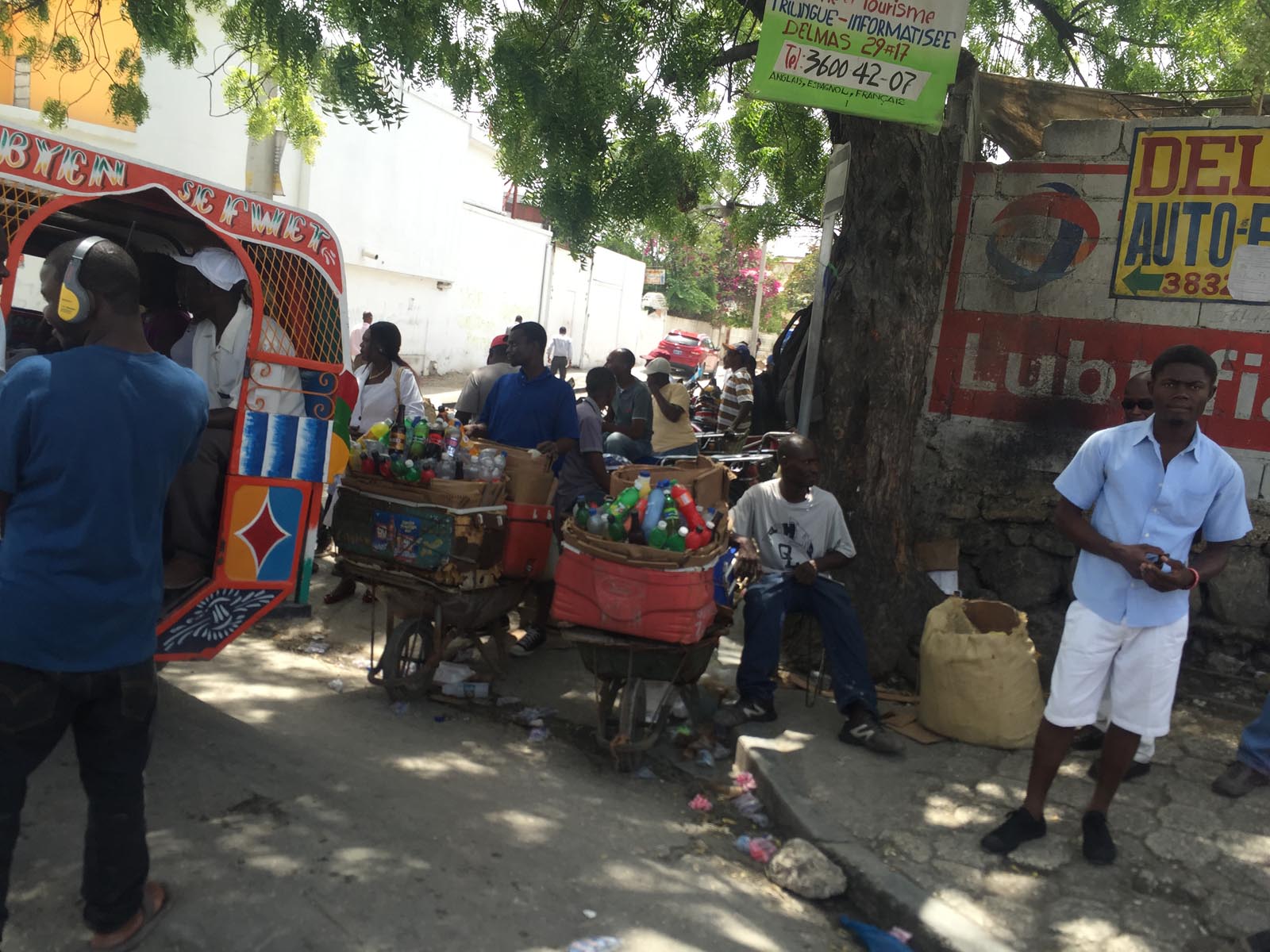
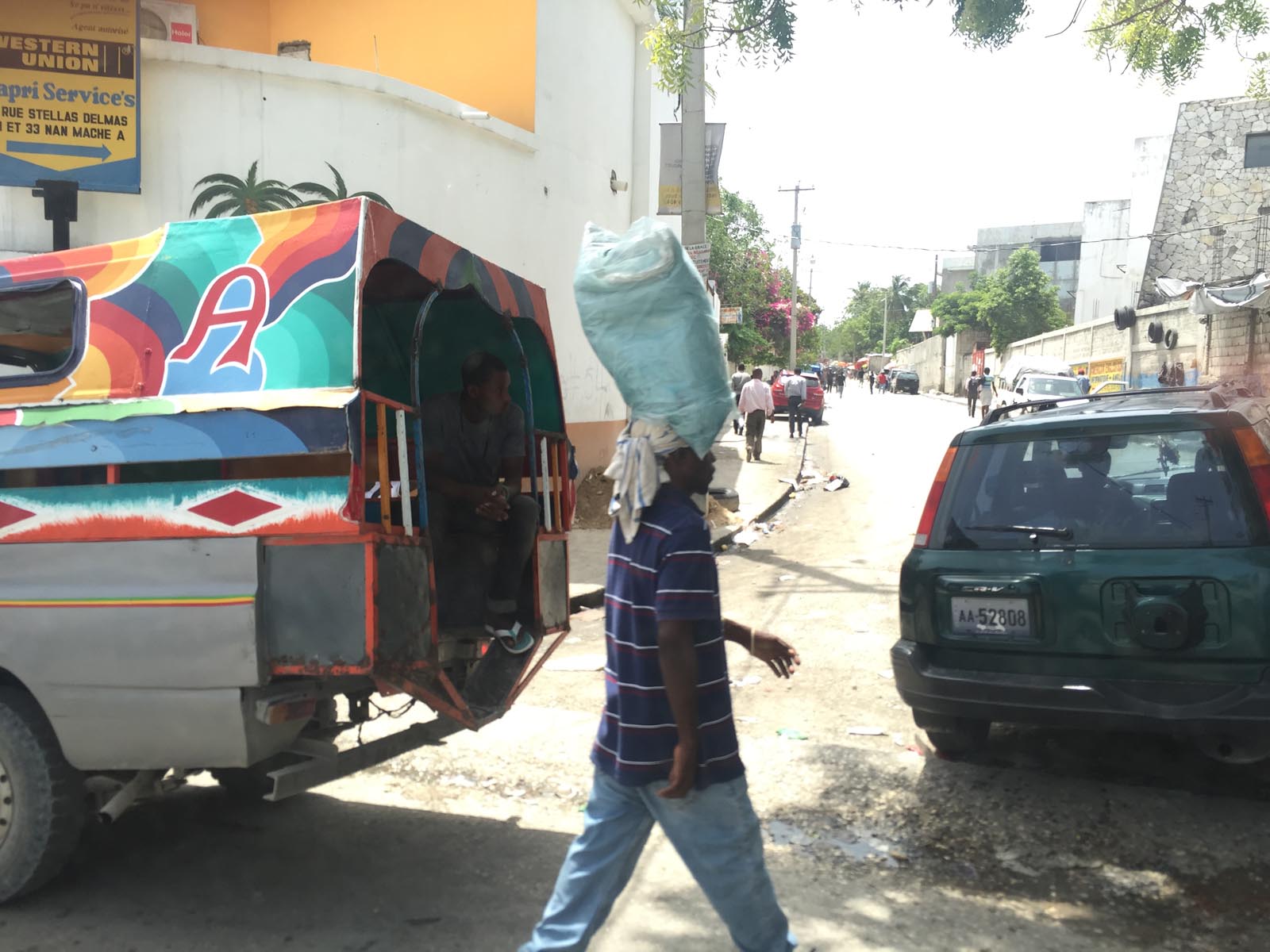
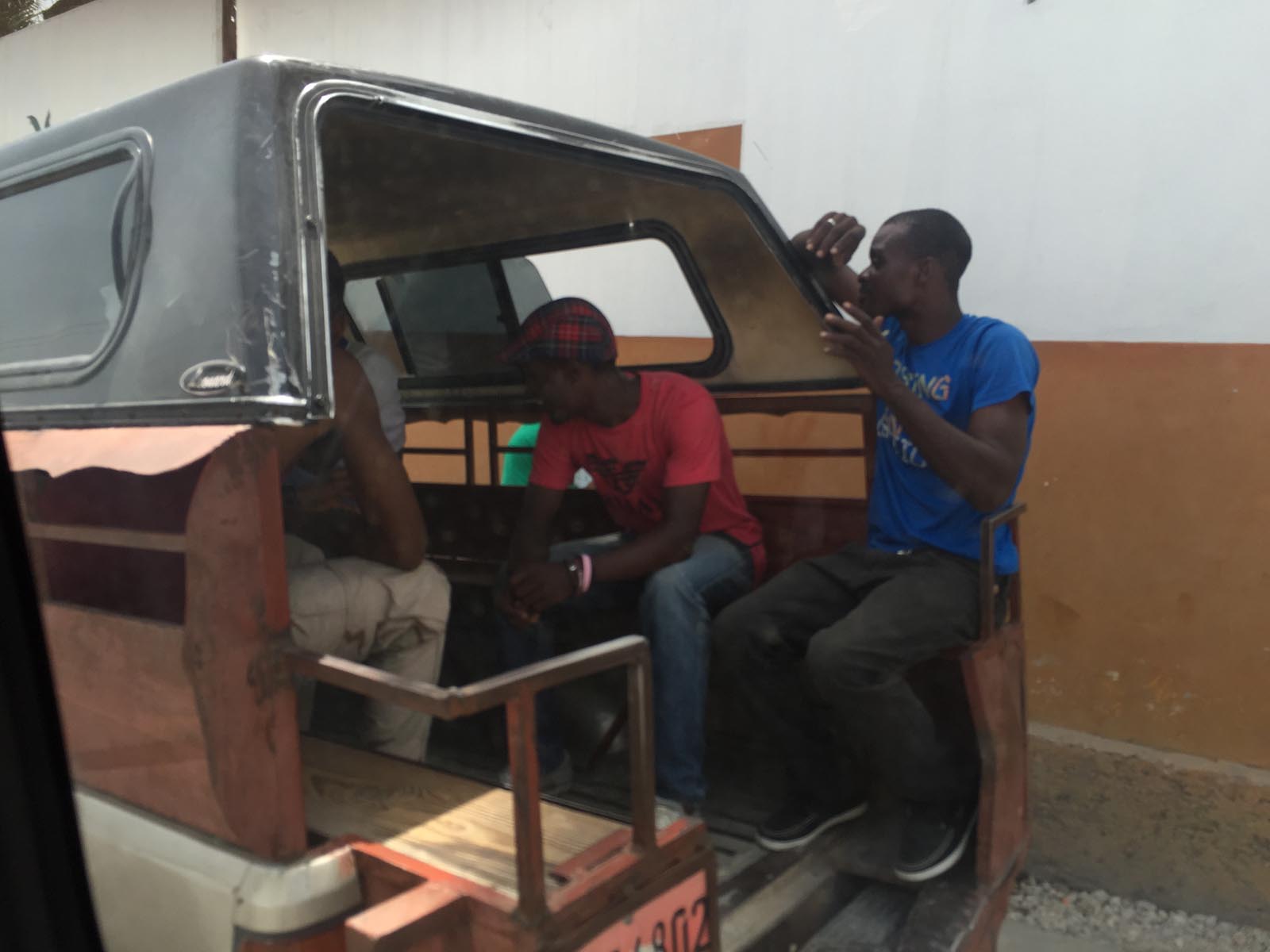
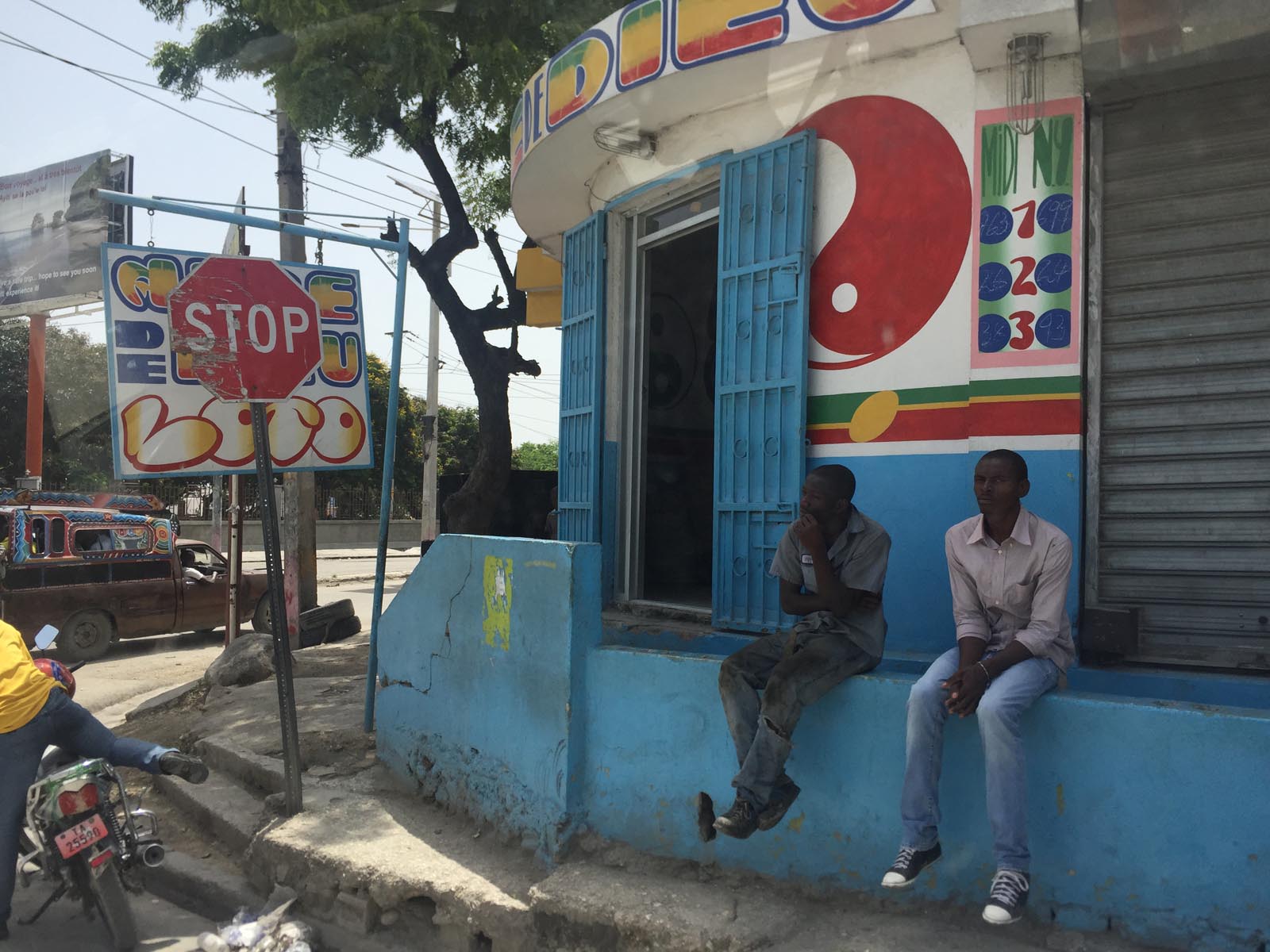
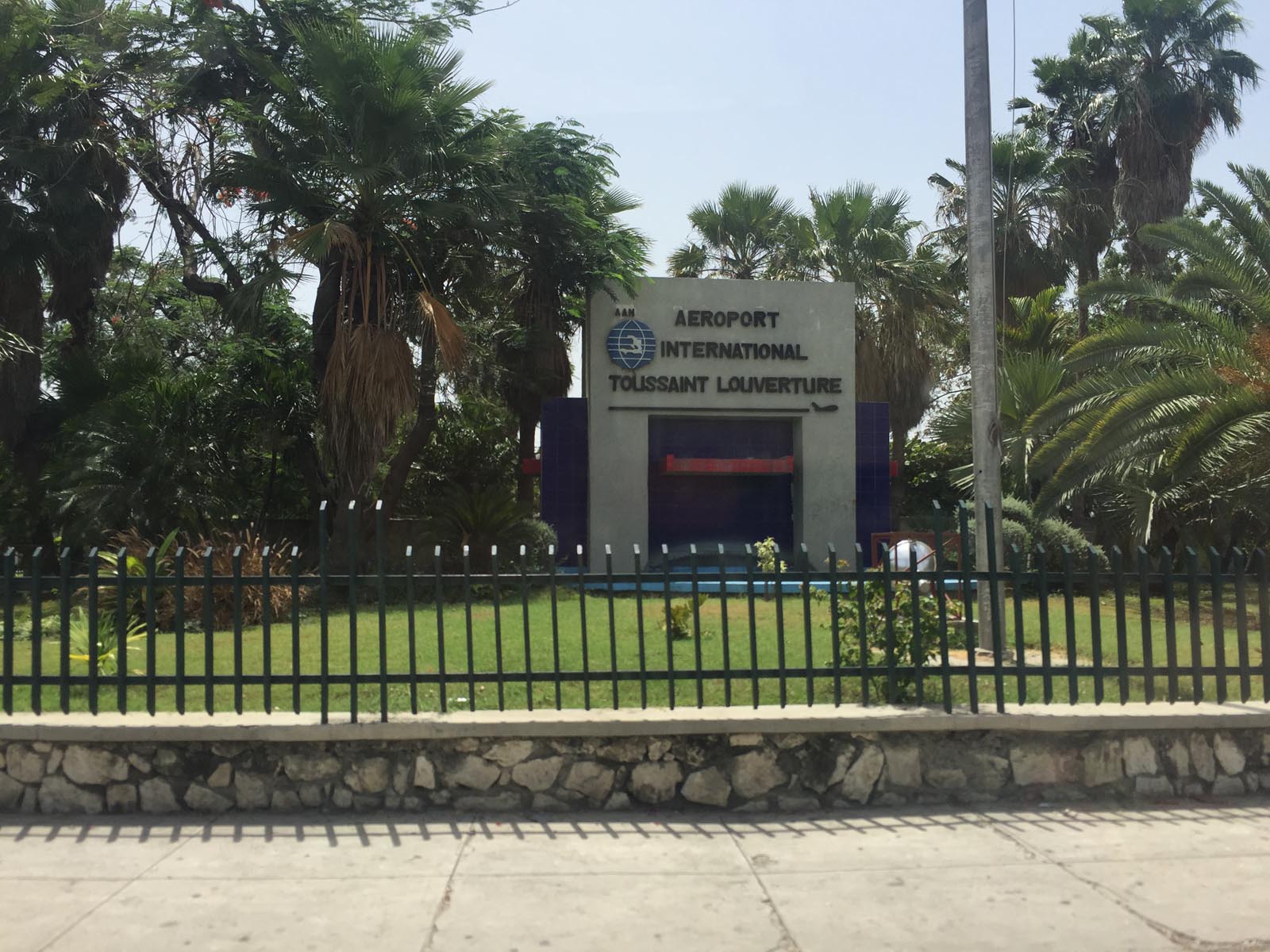
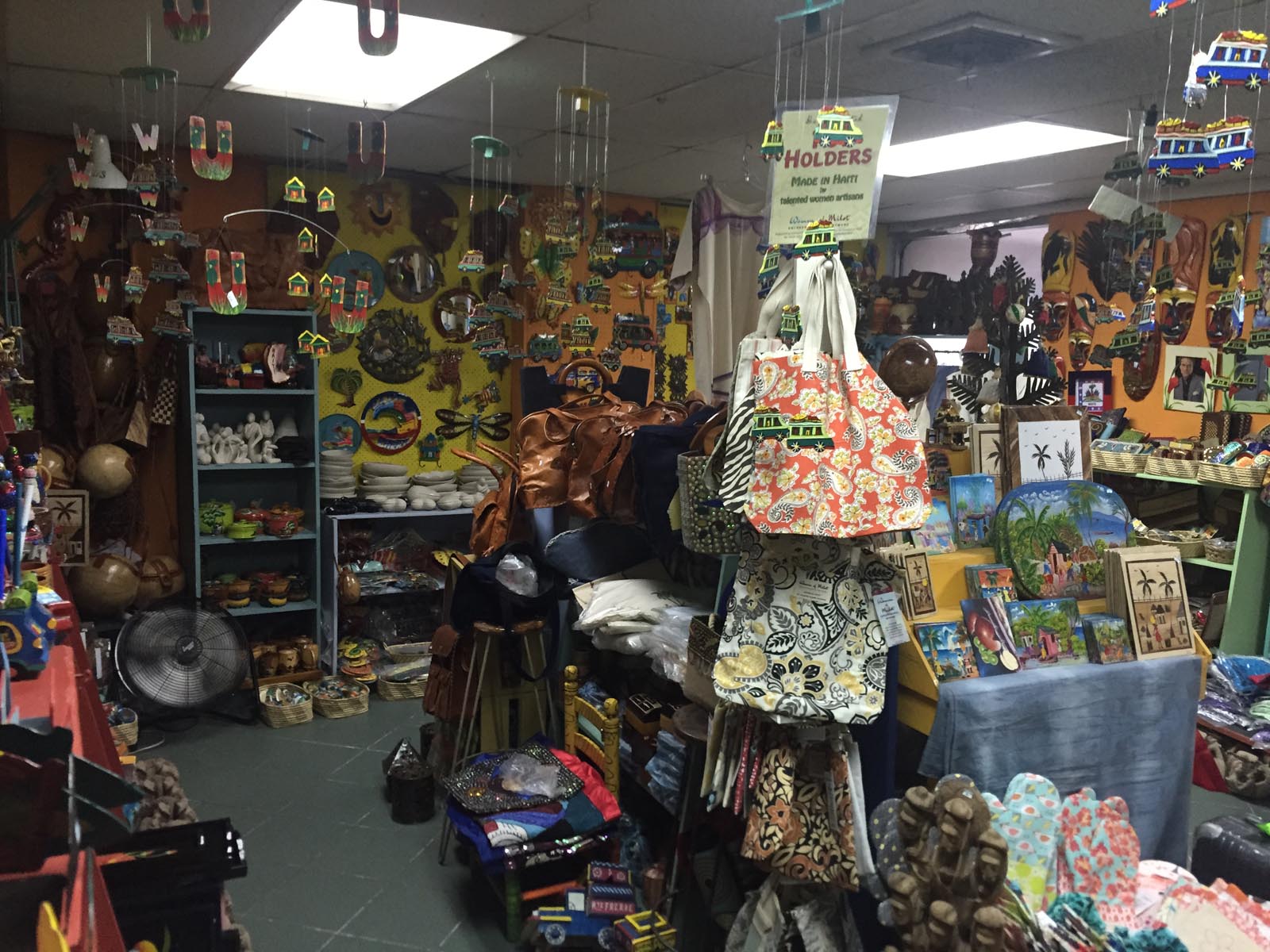
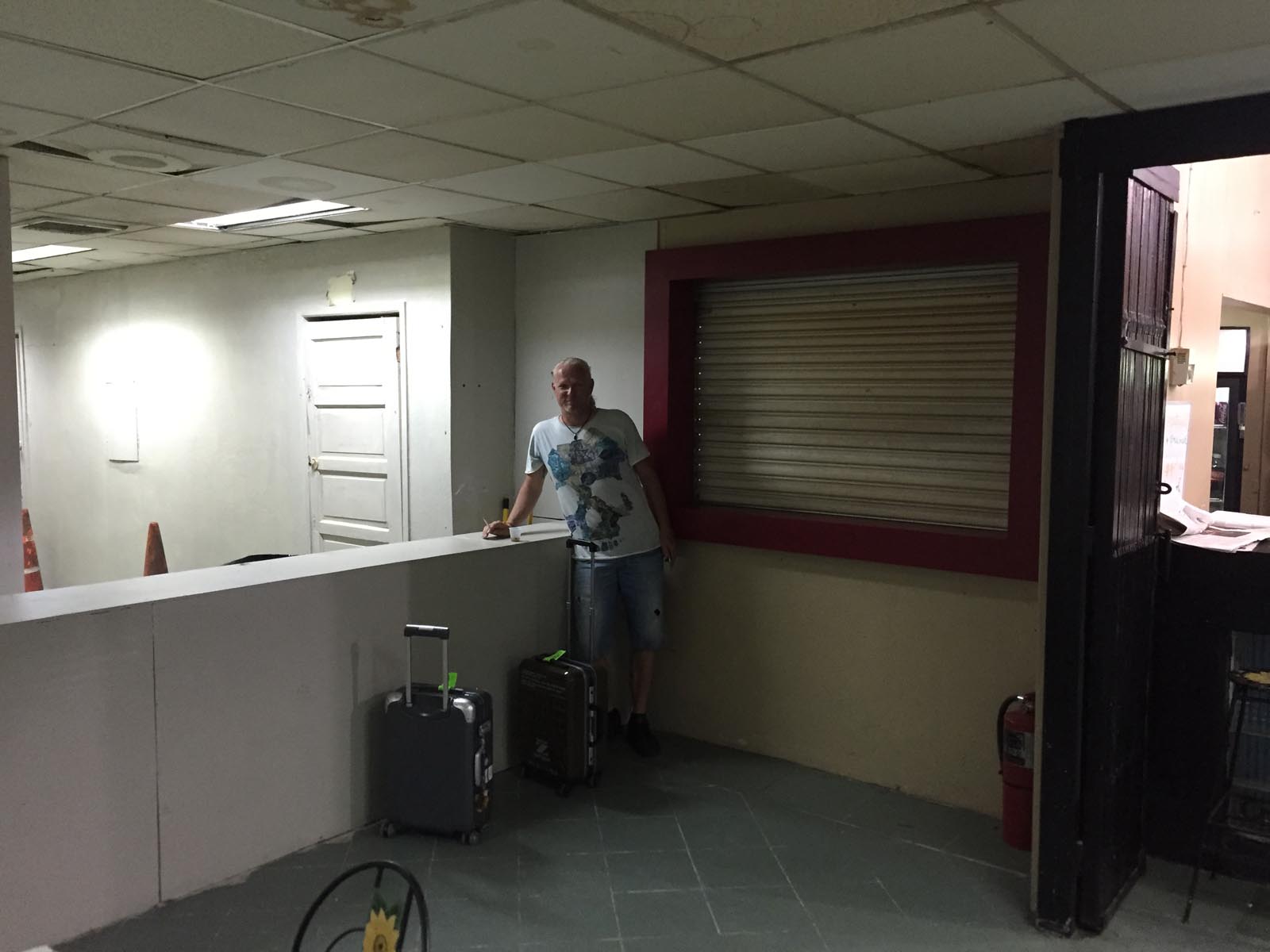
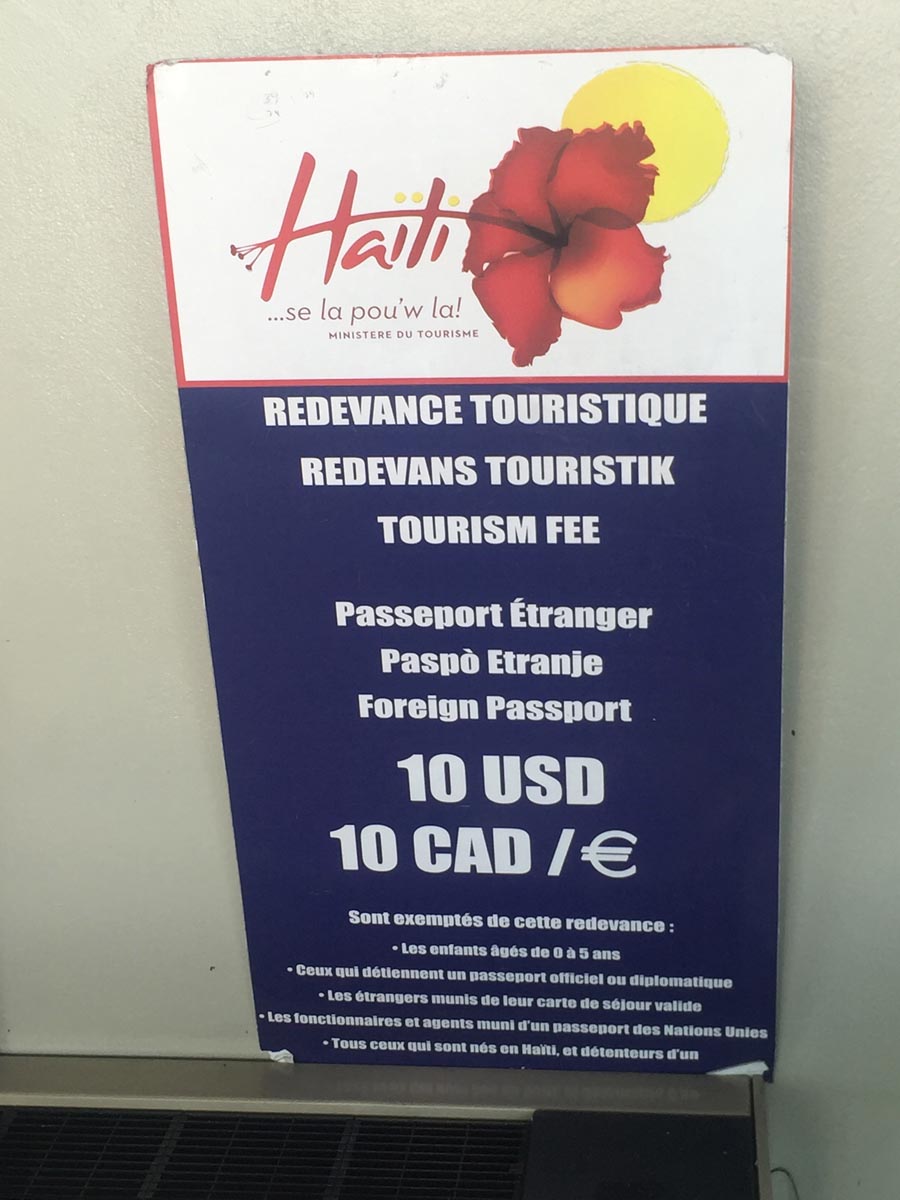
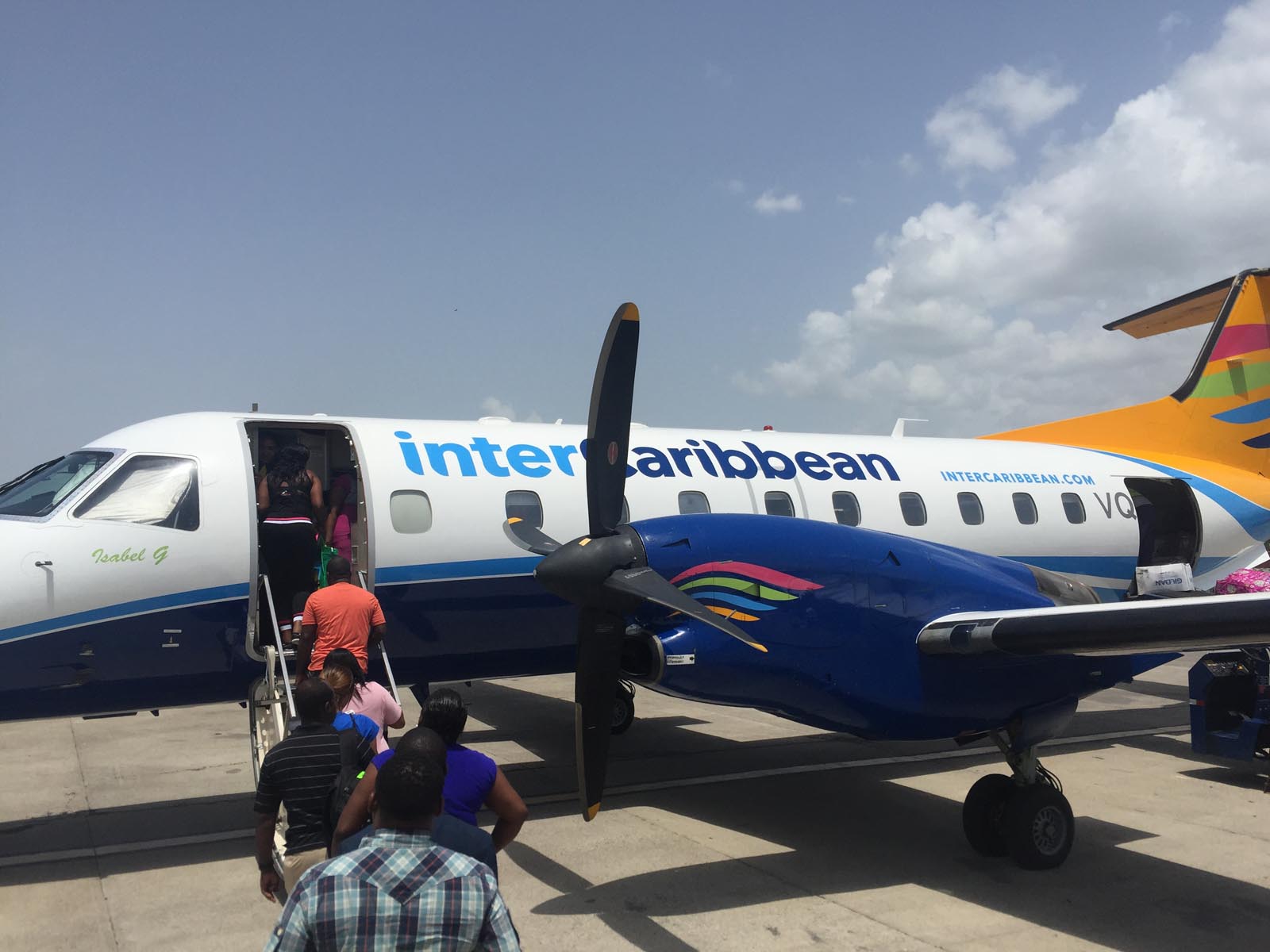
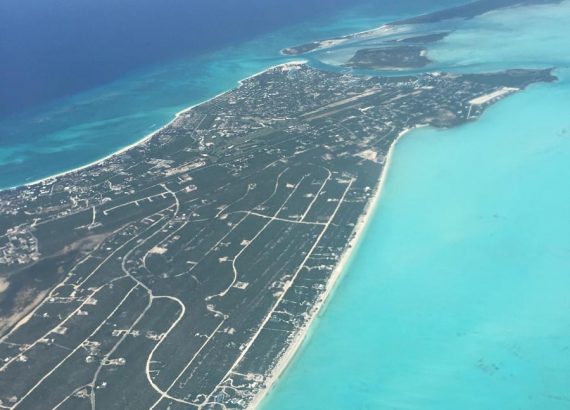
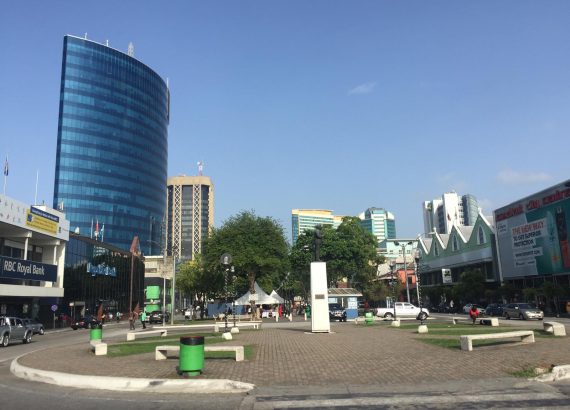
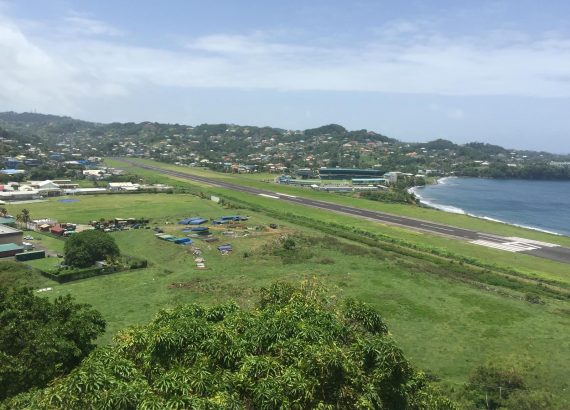
No Comments